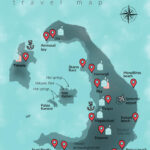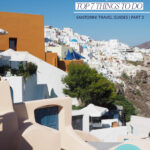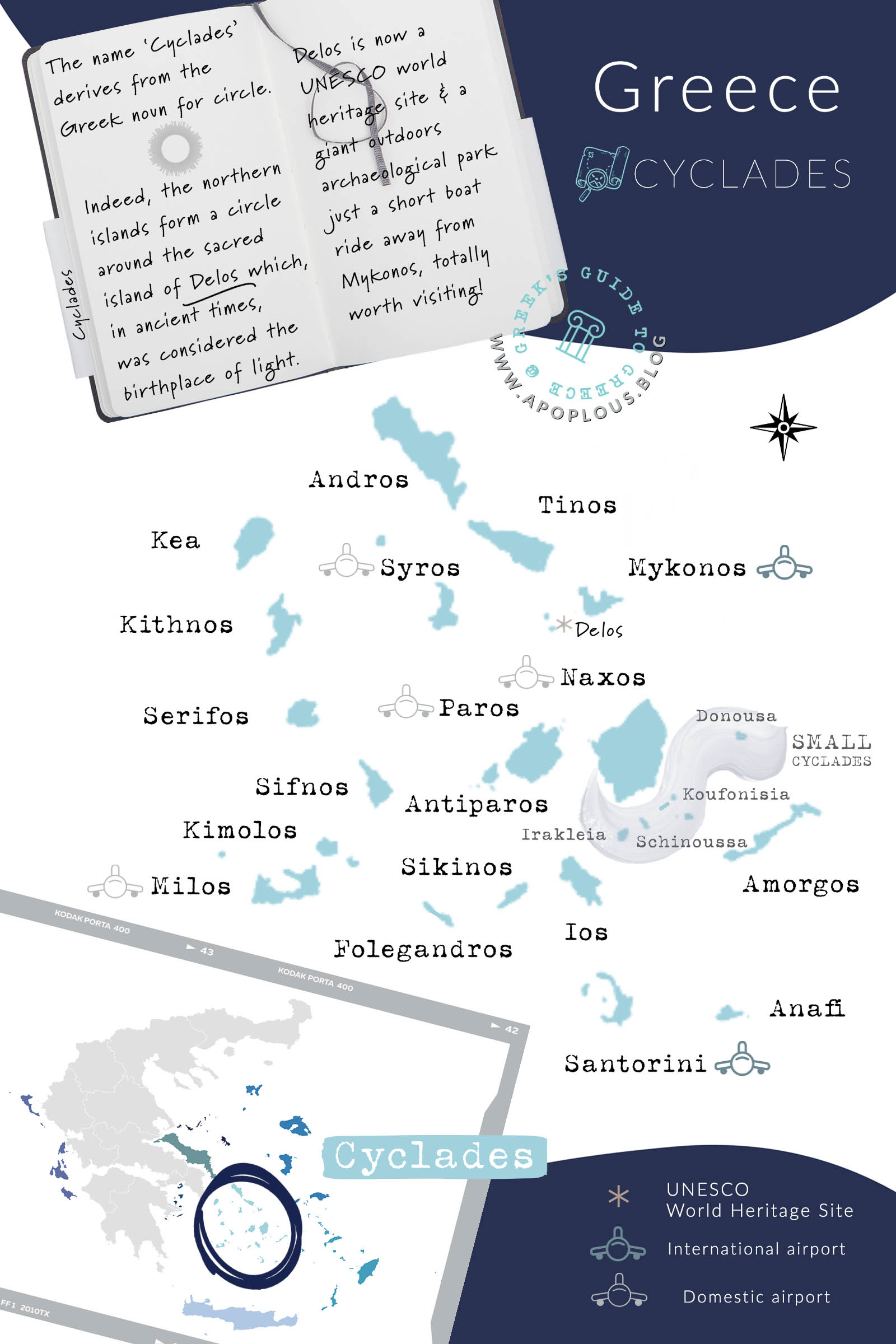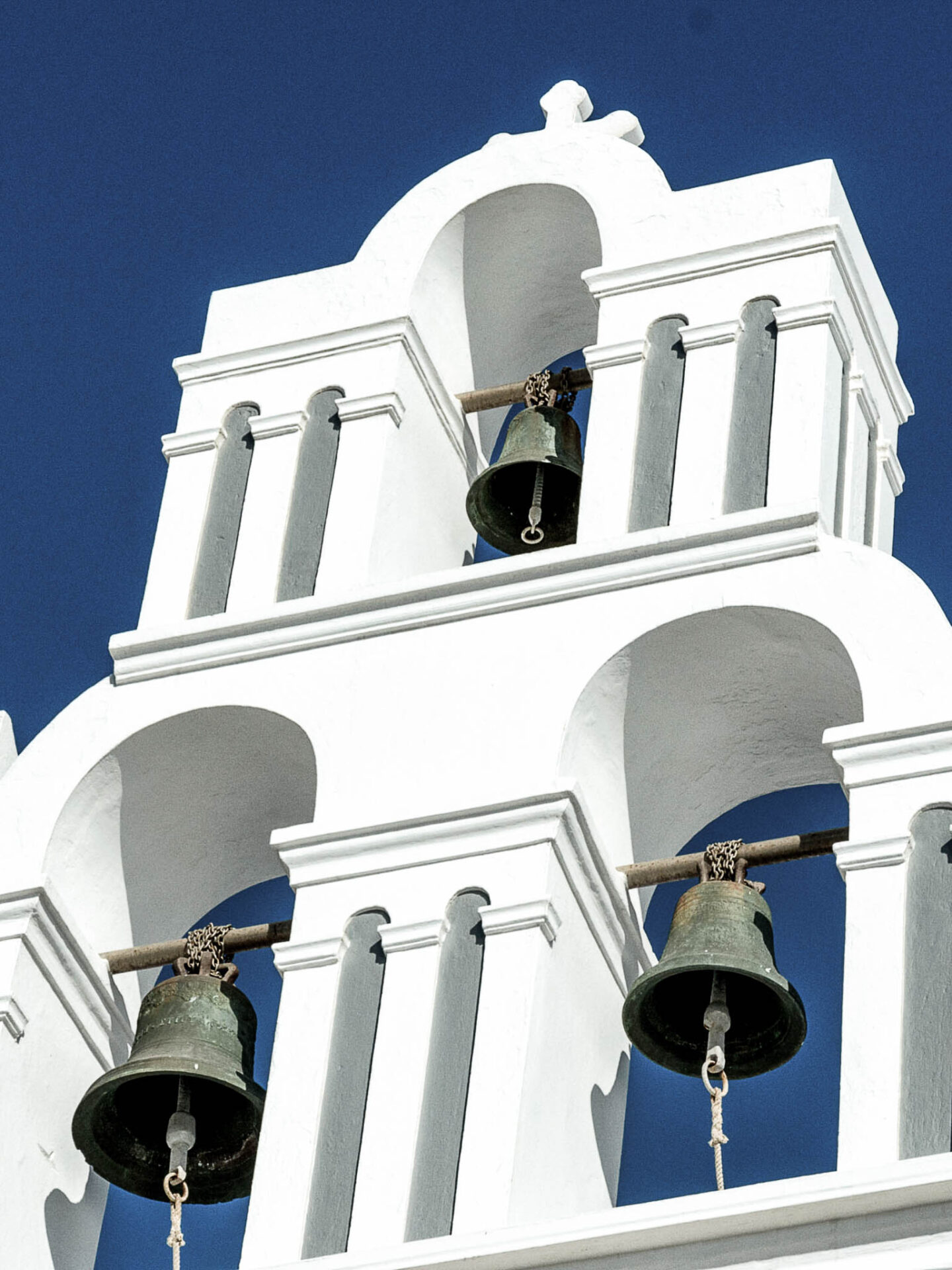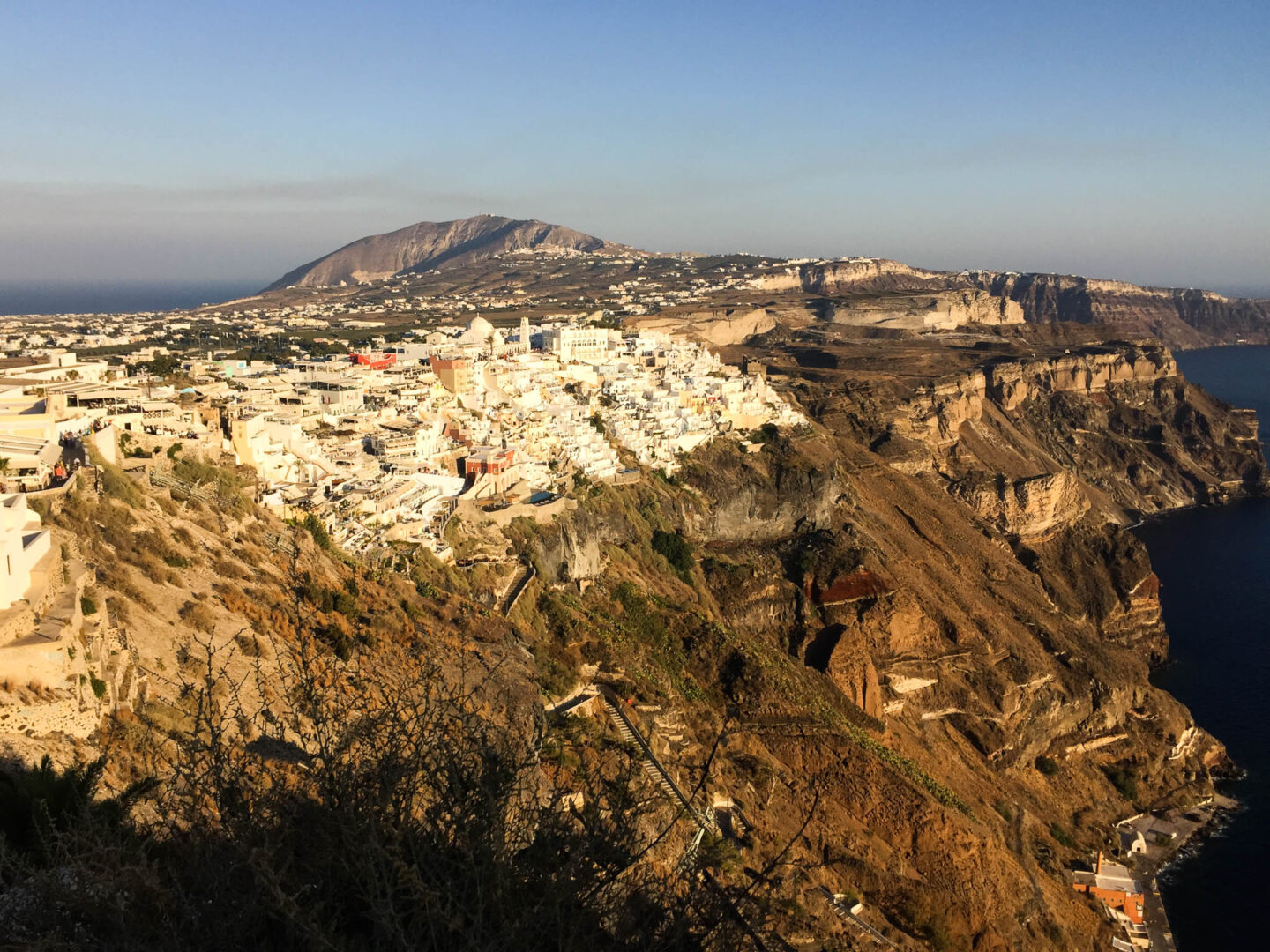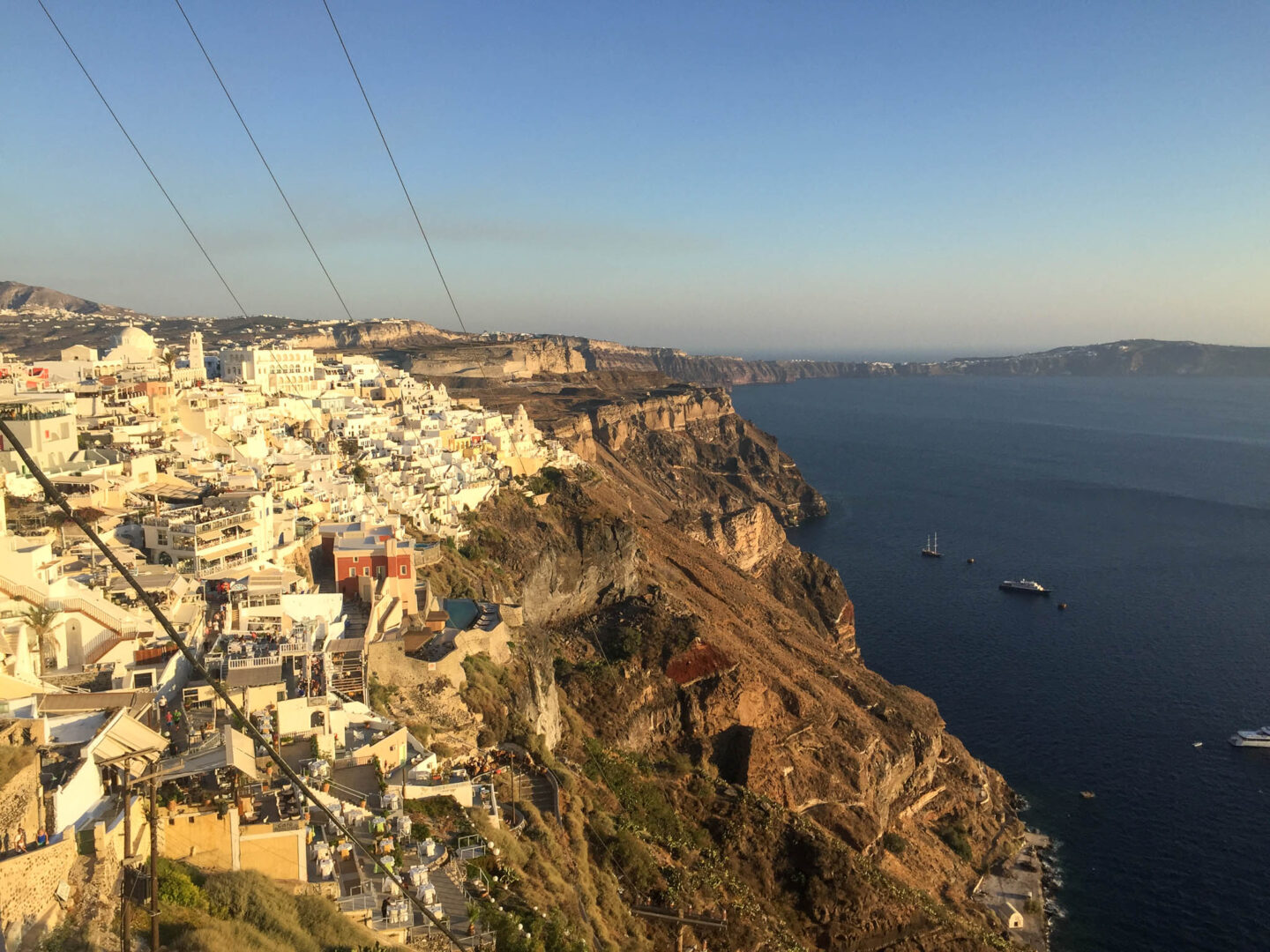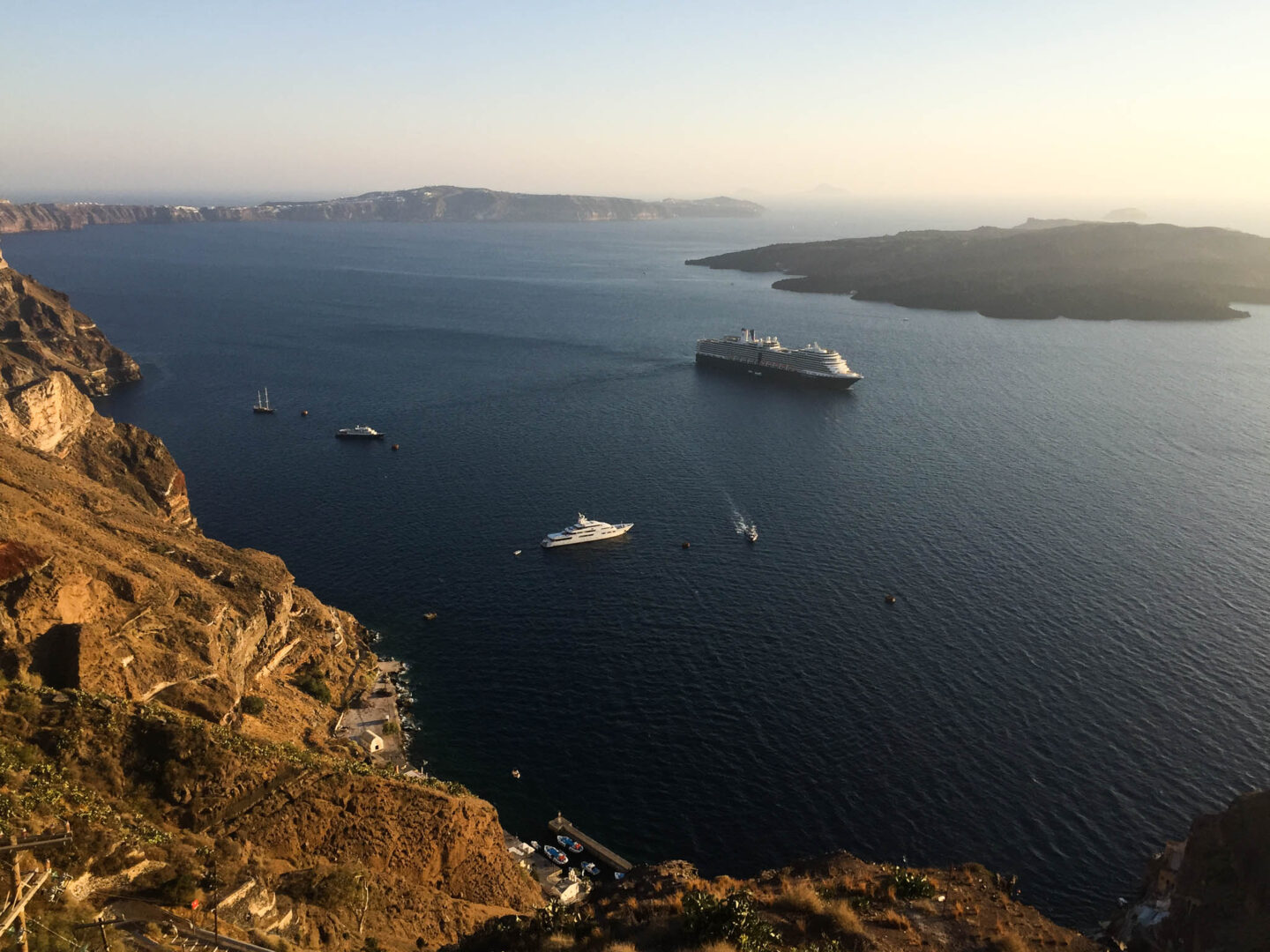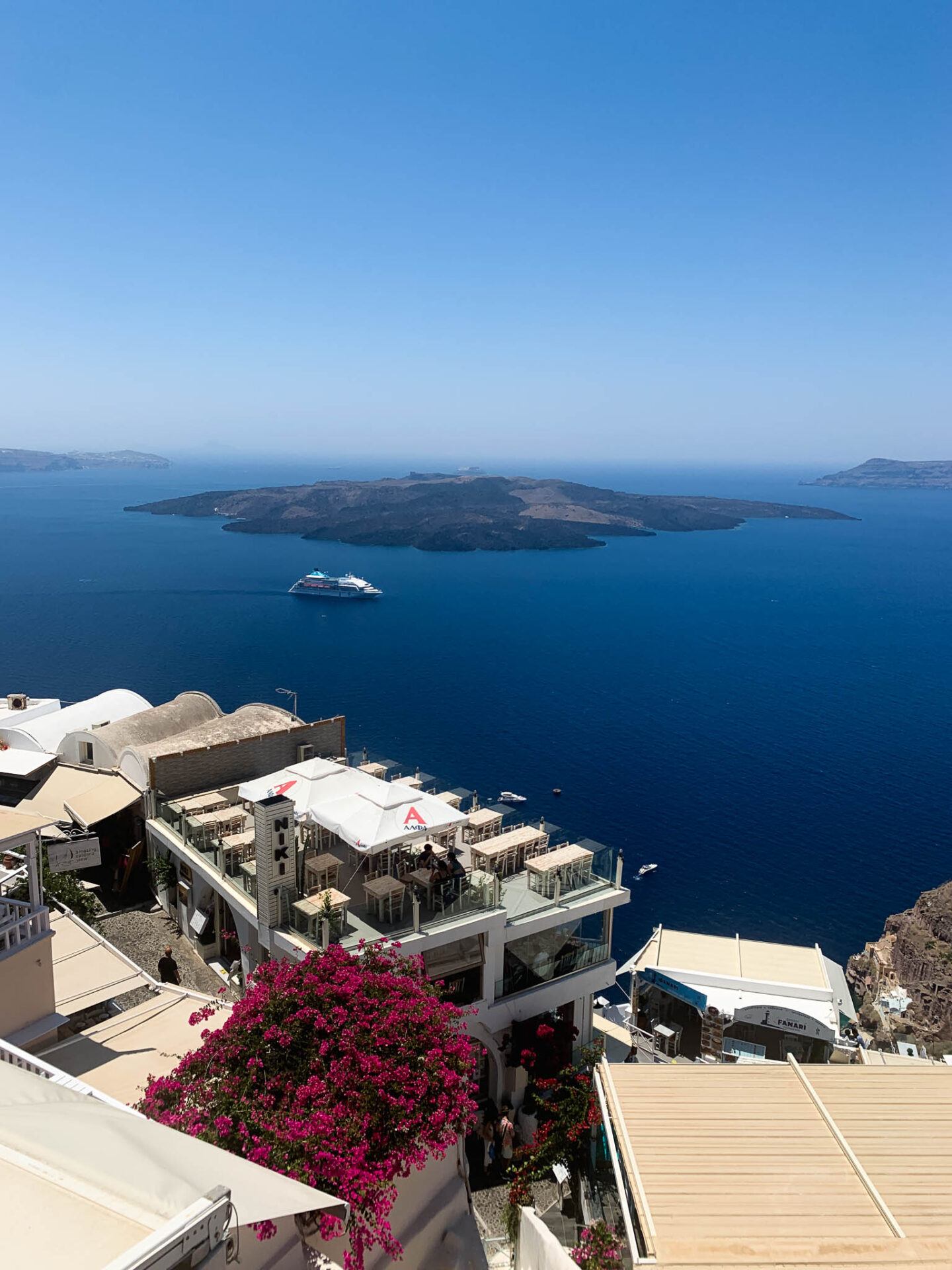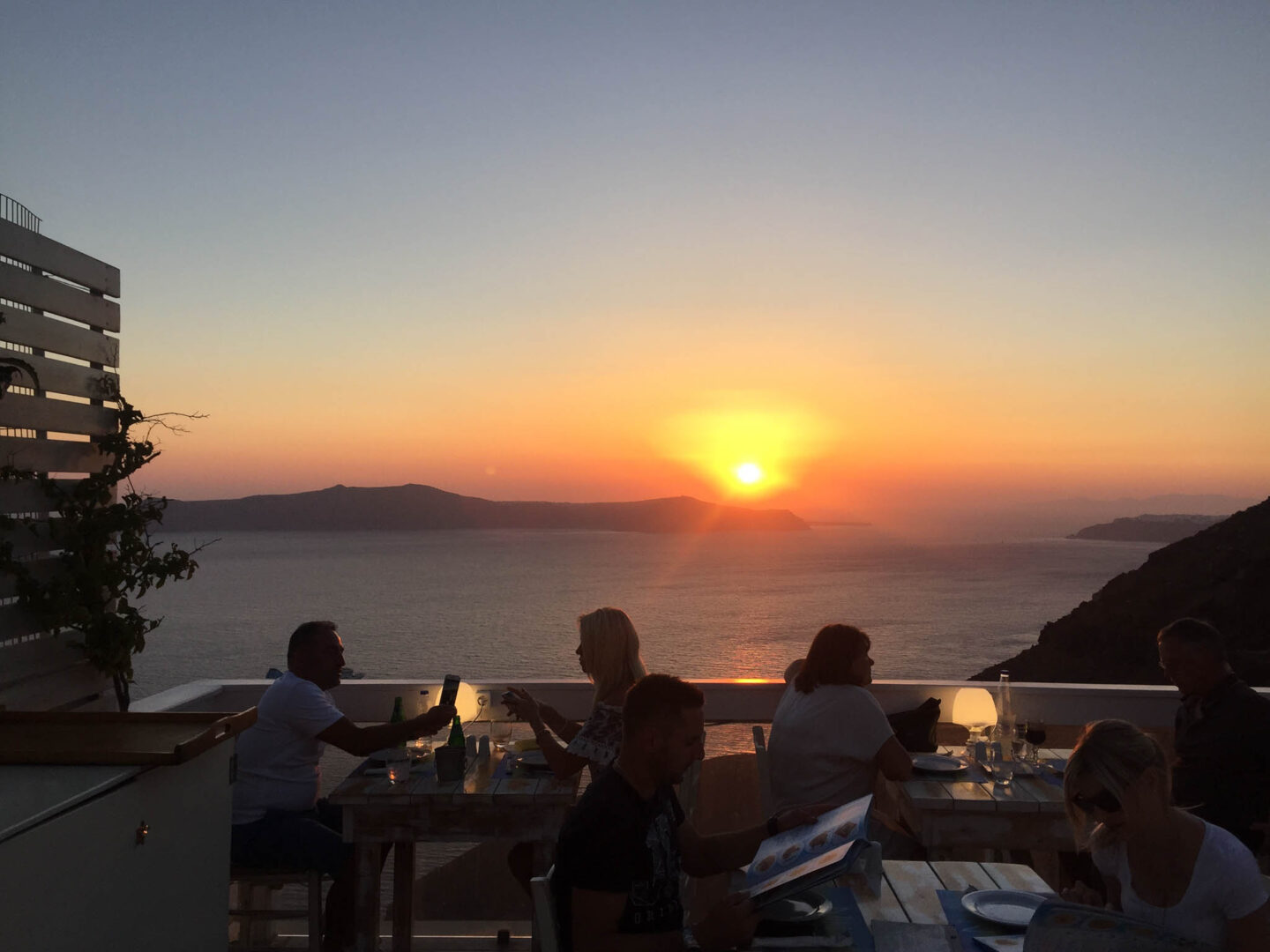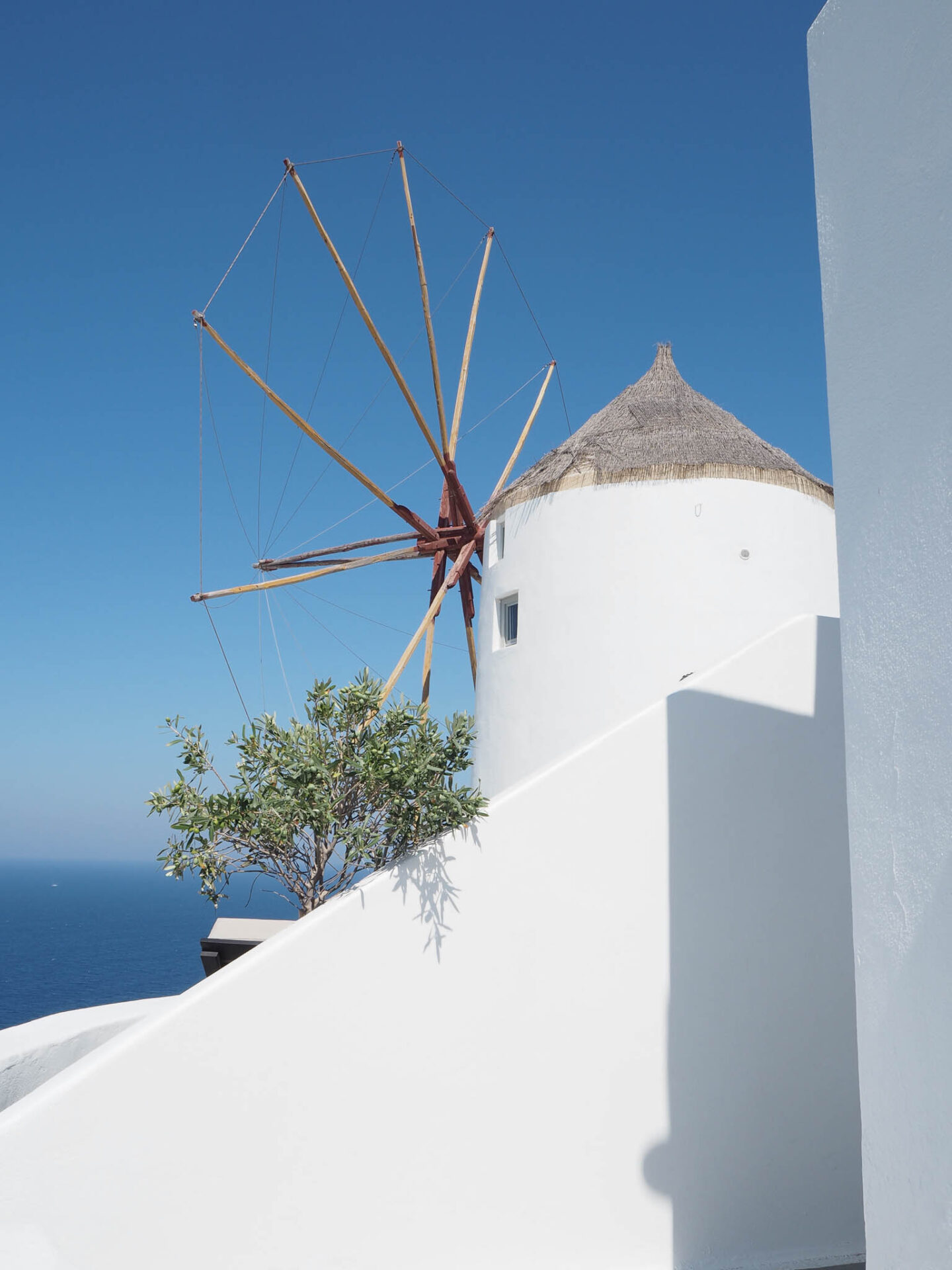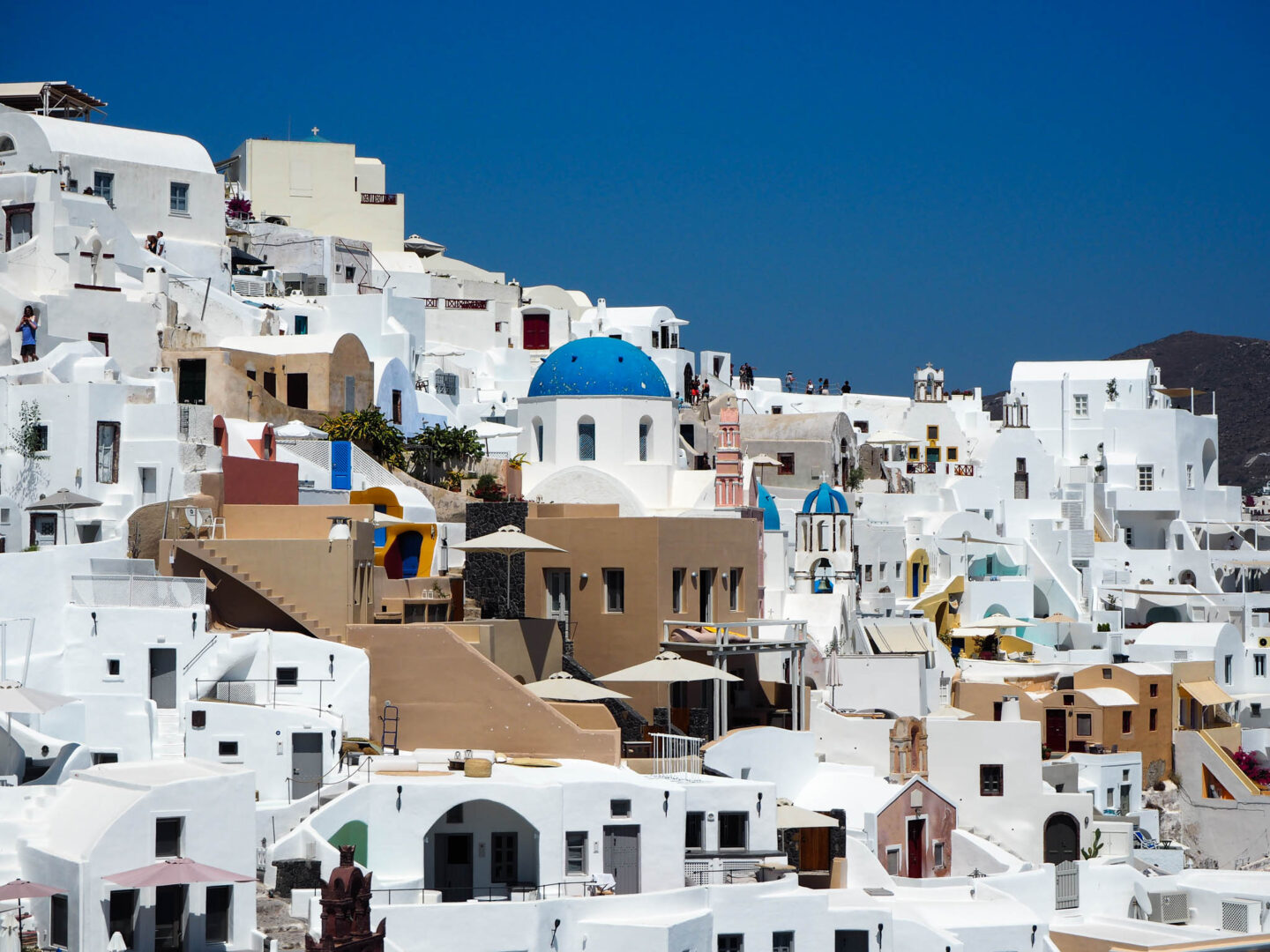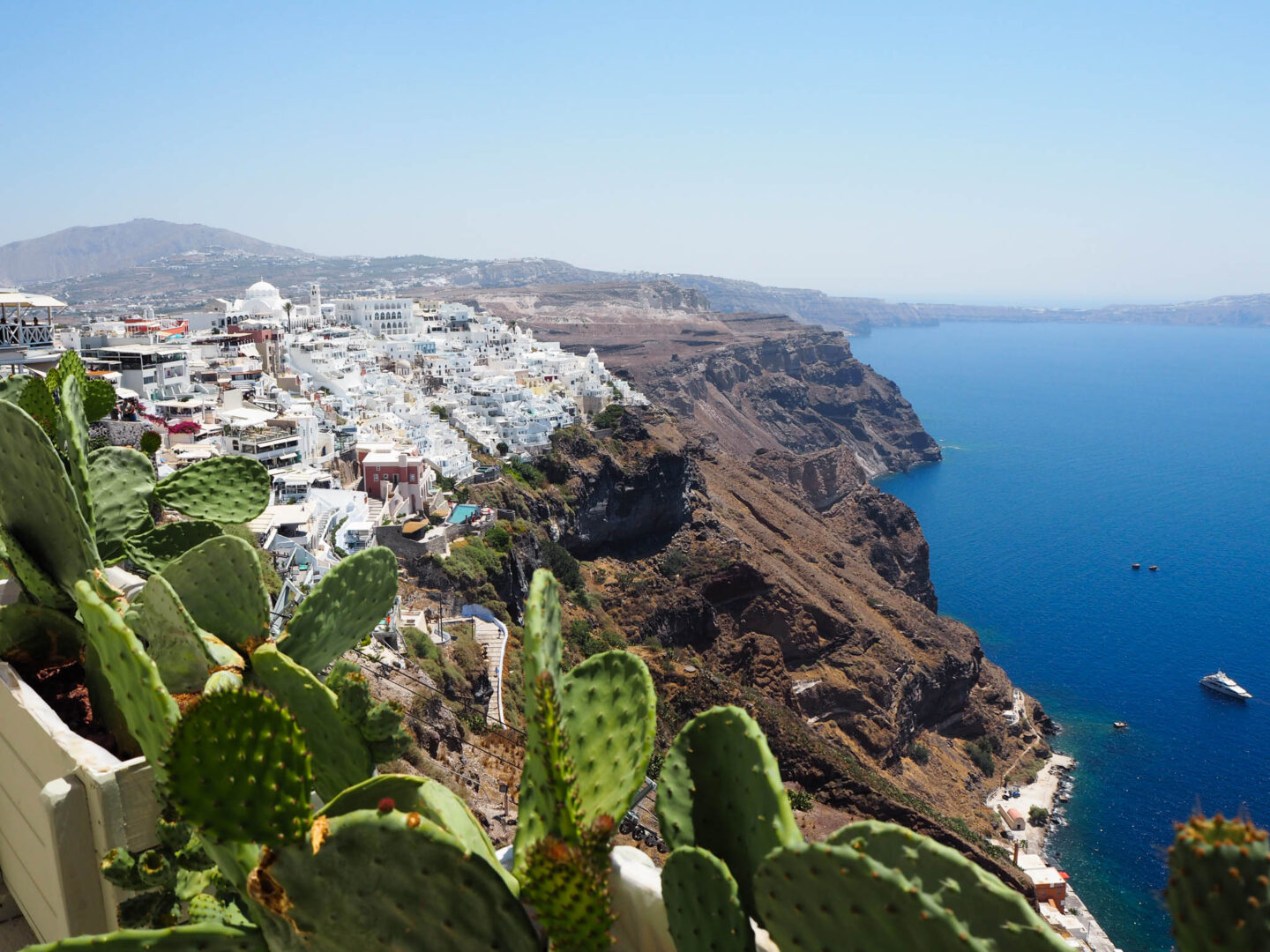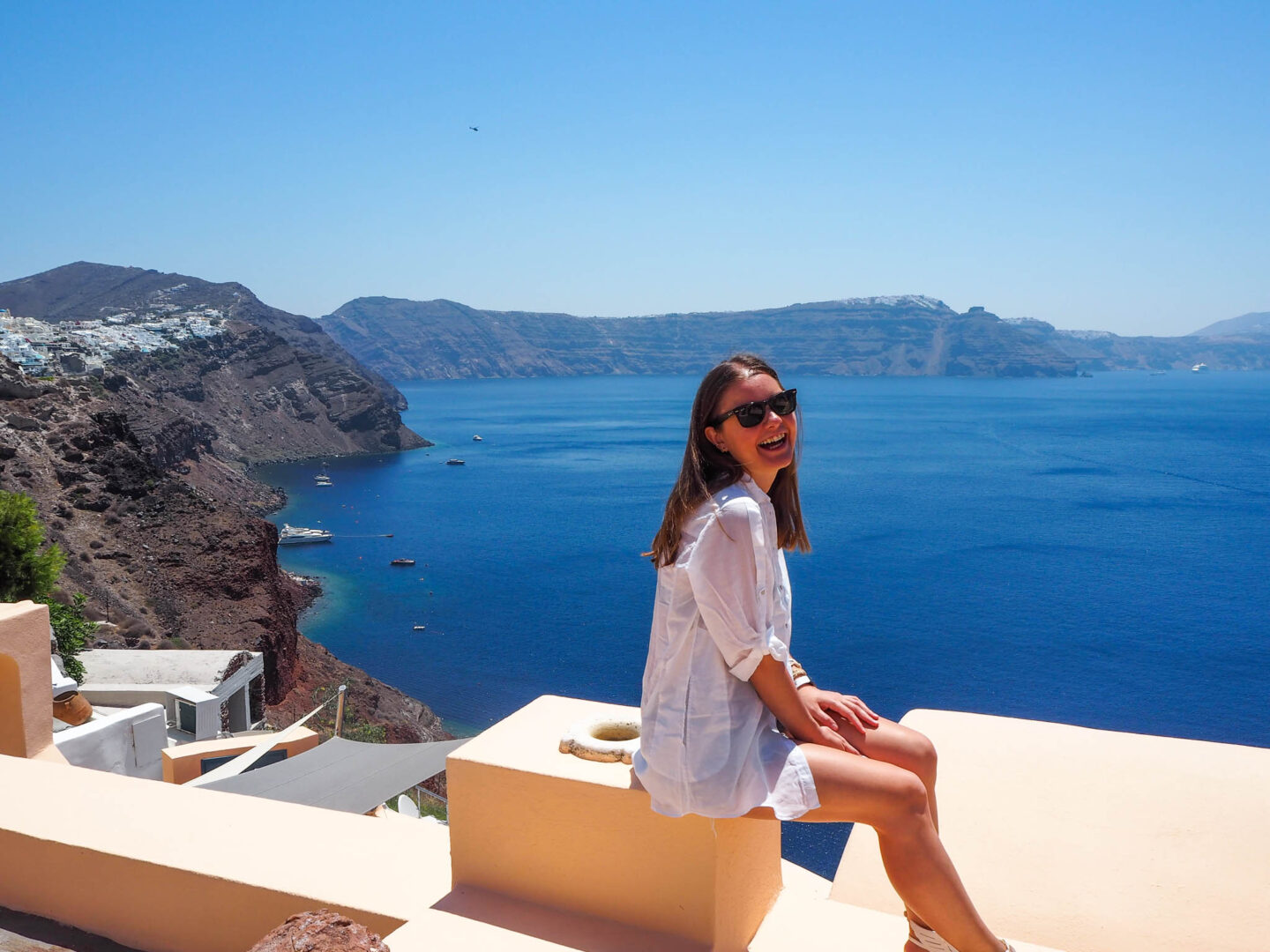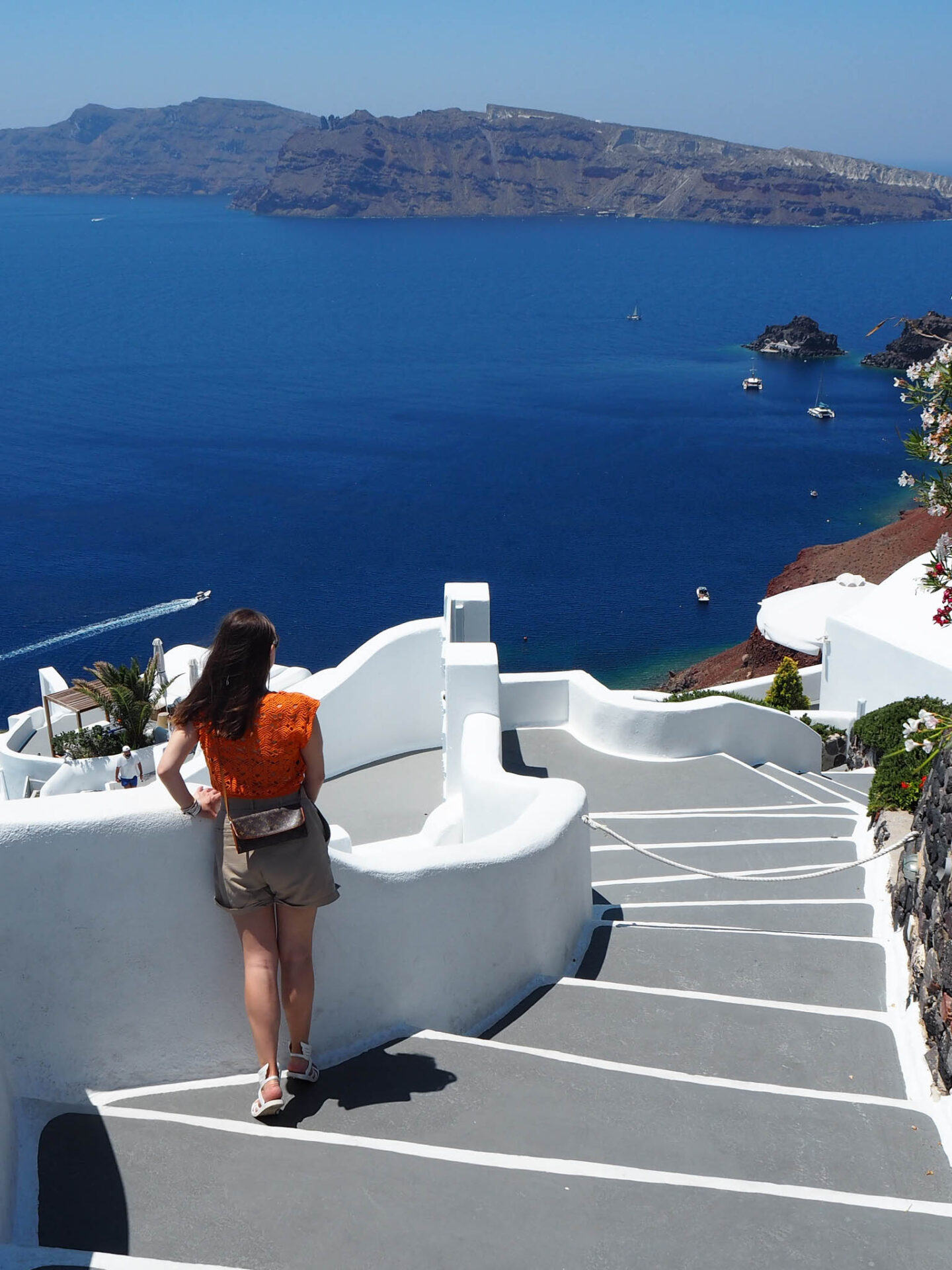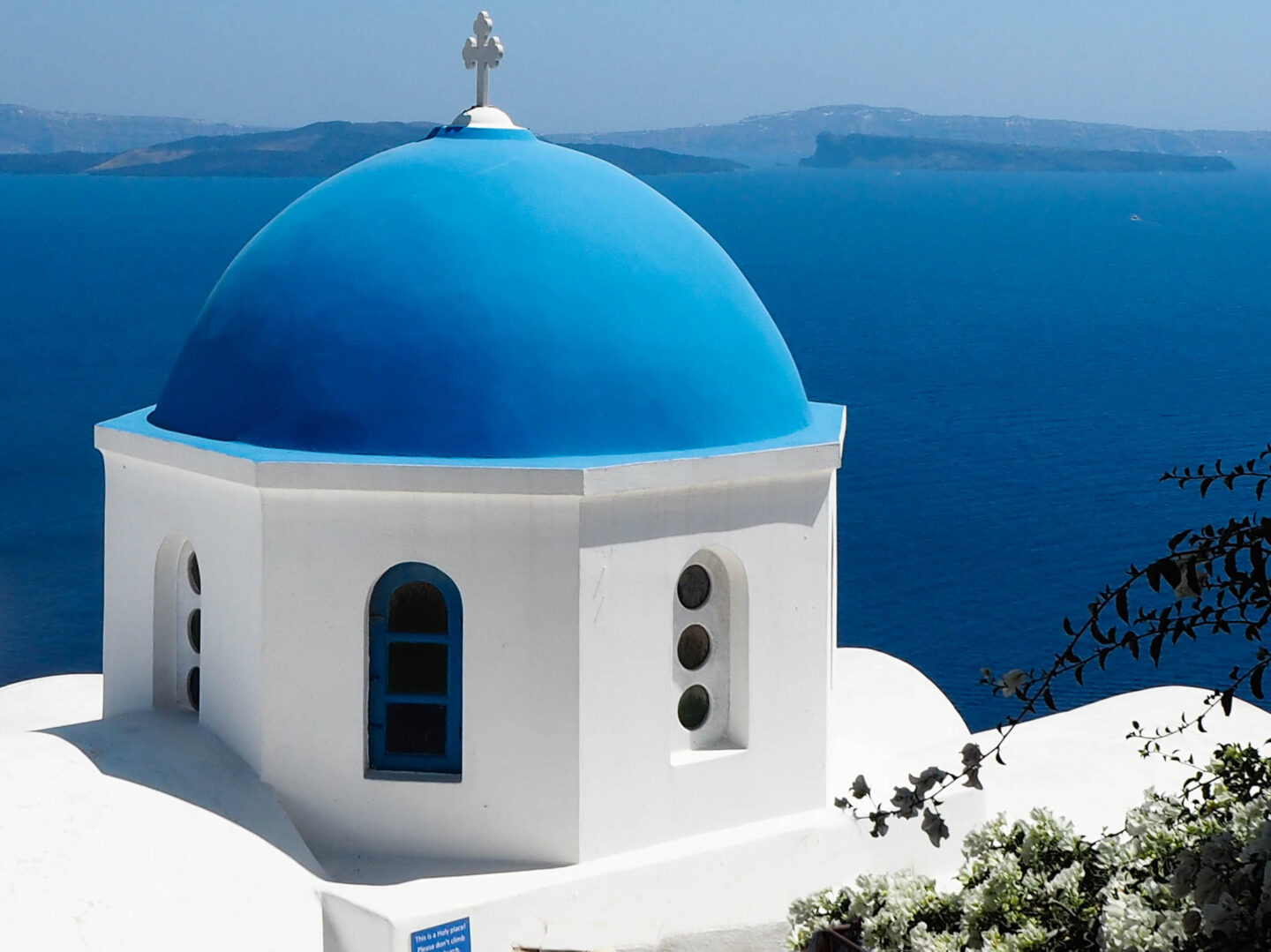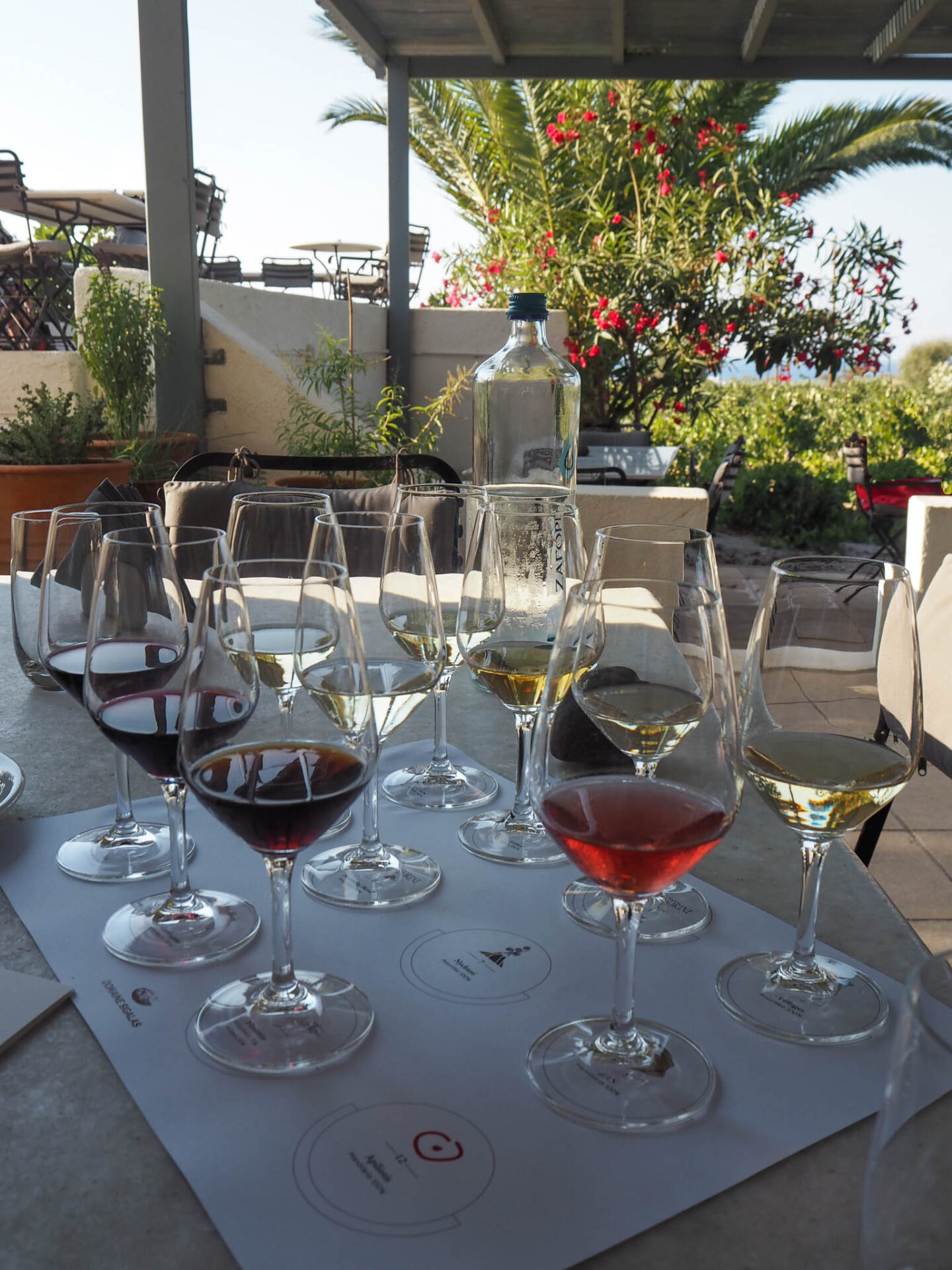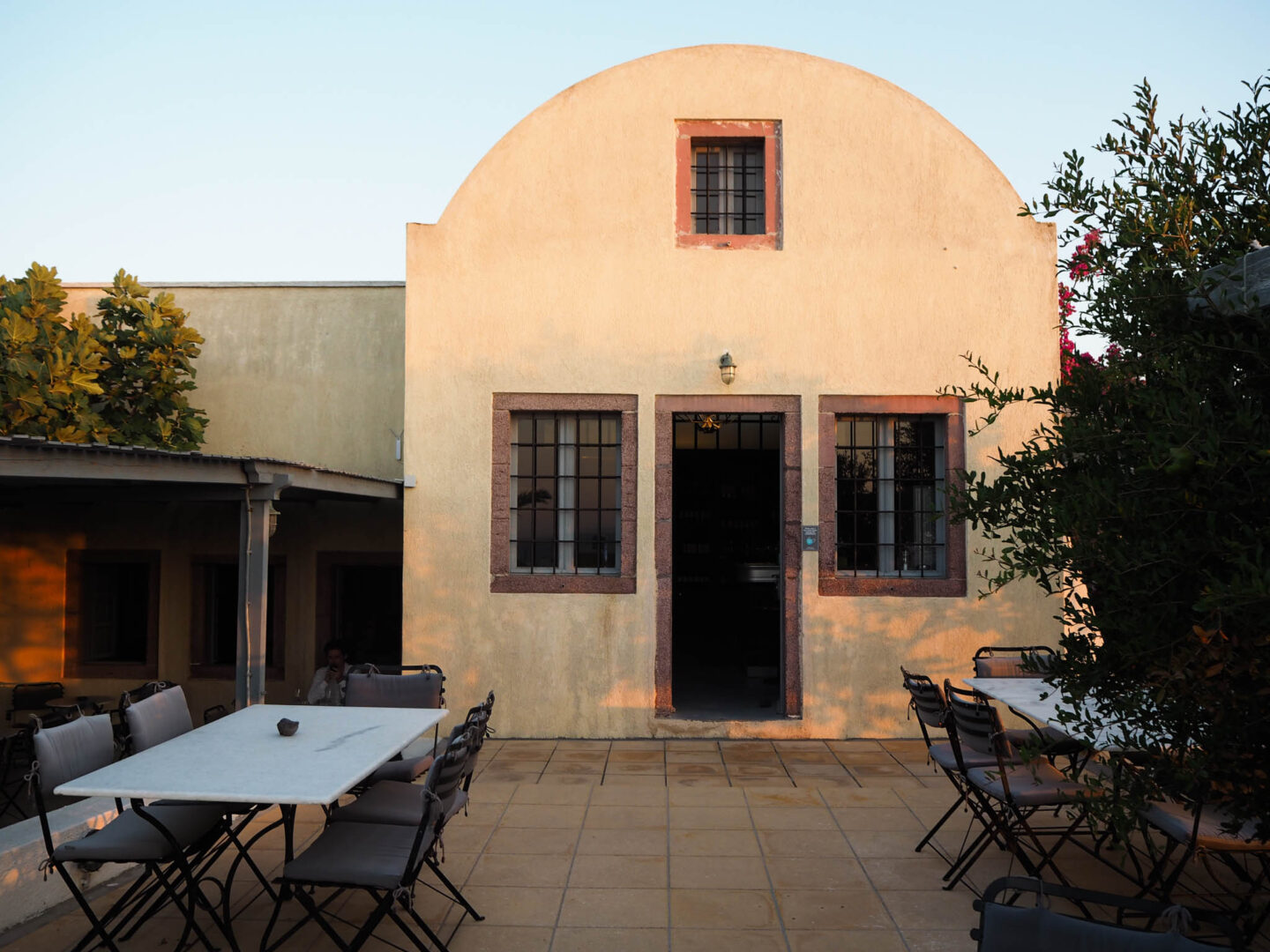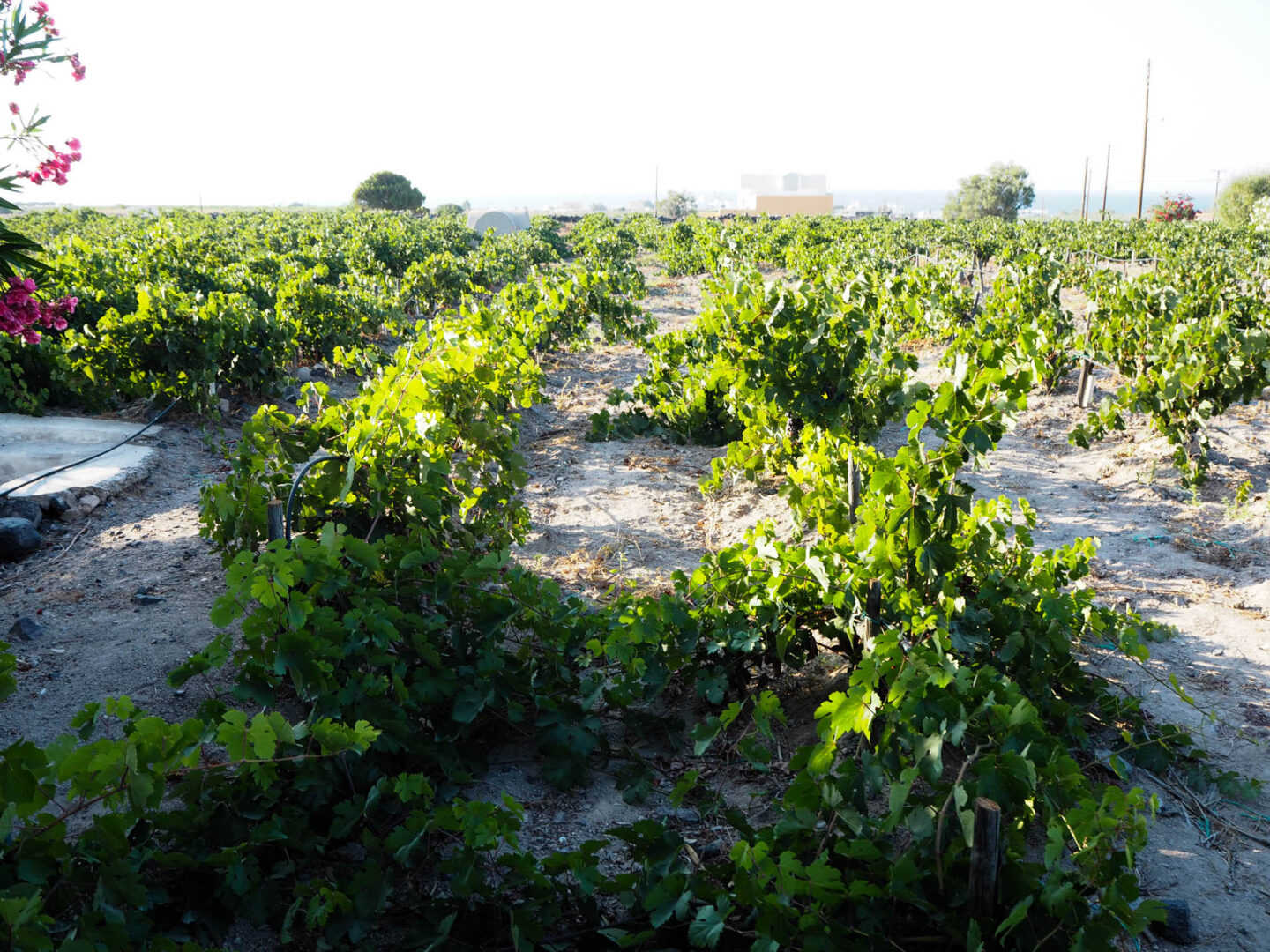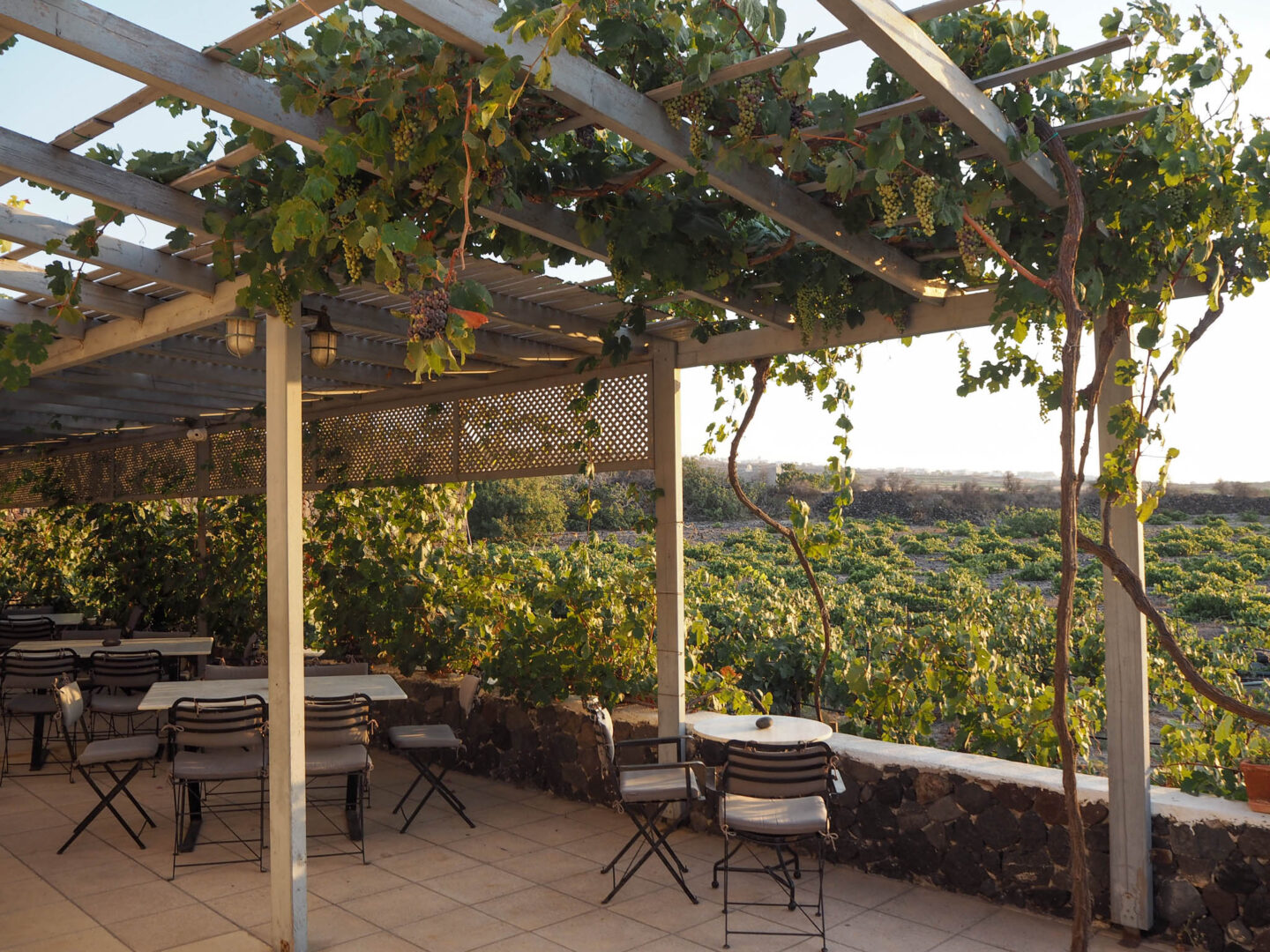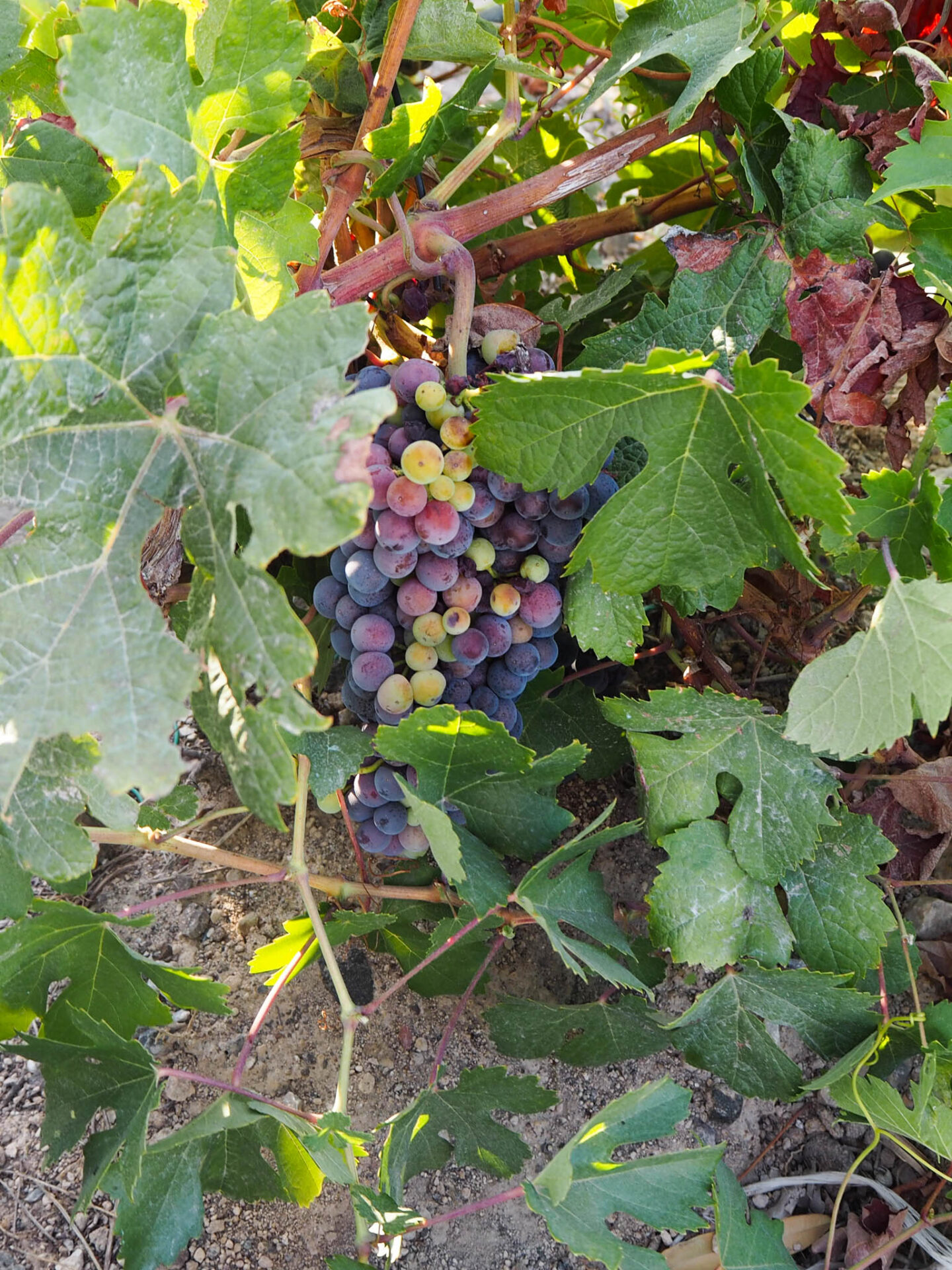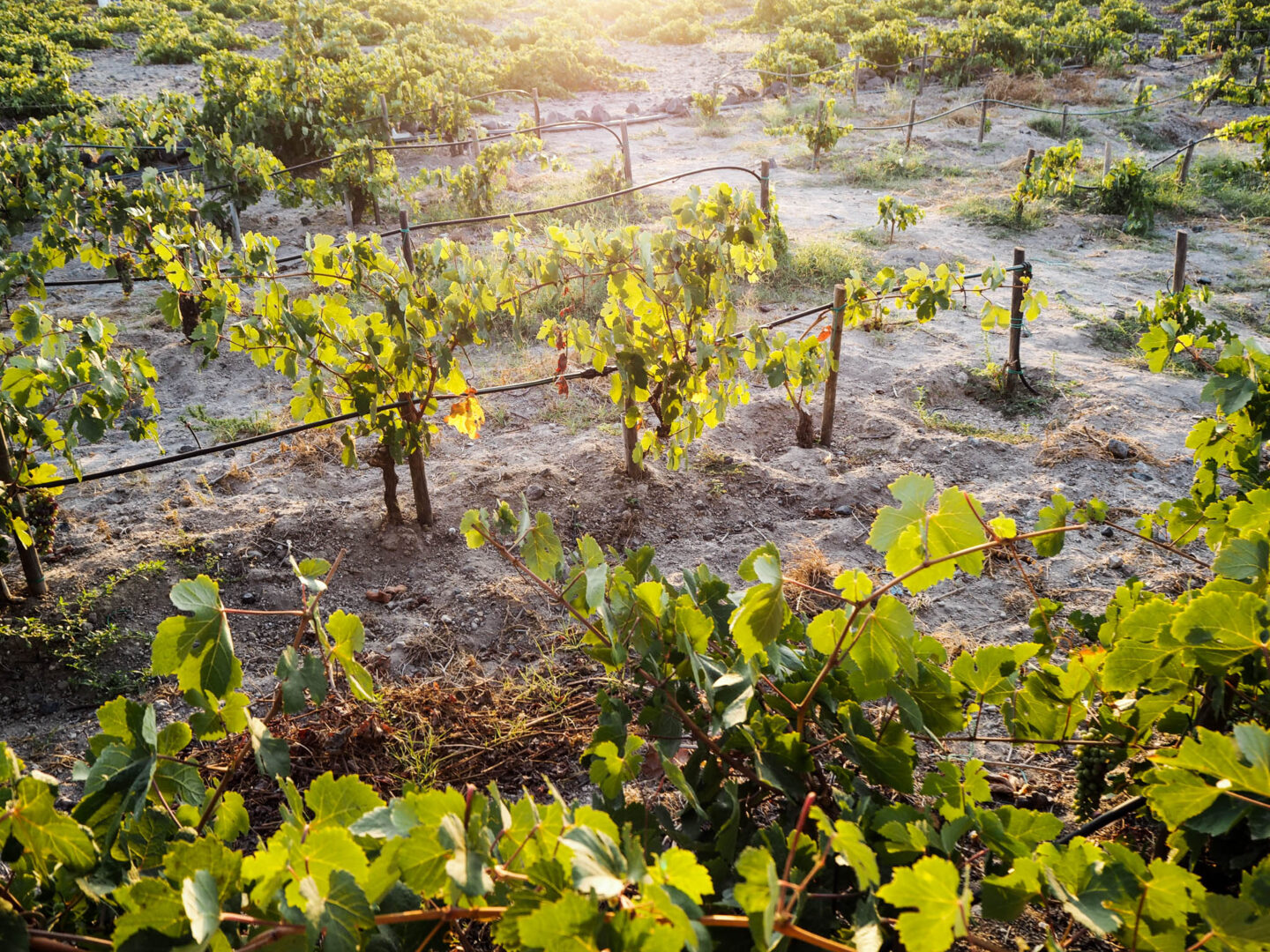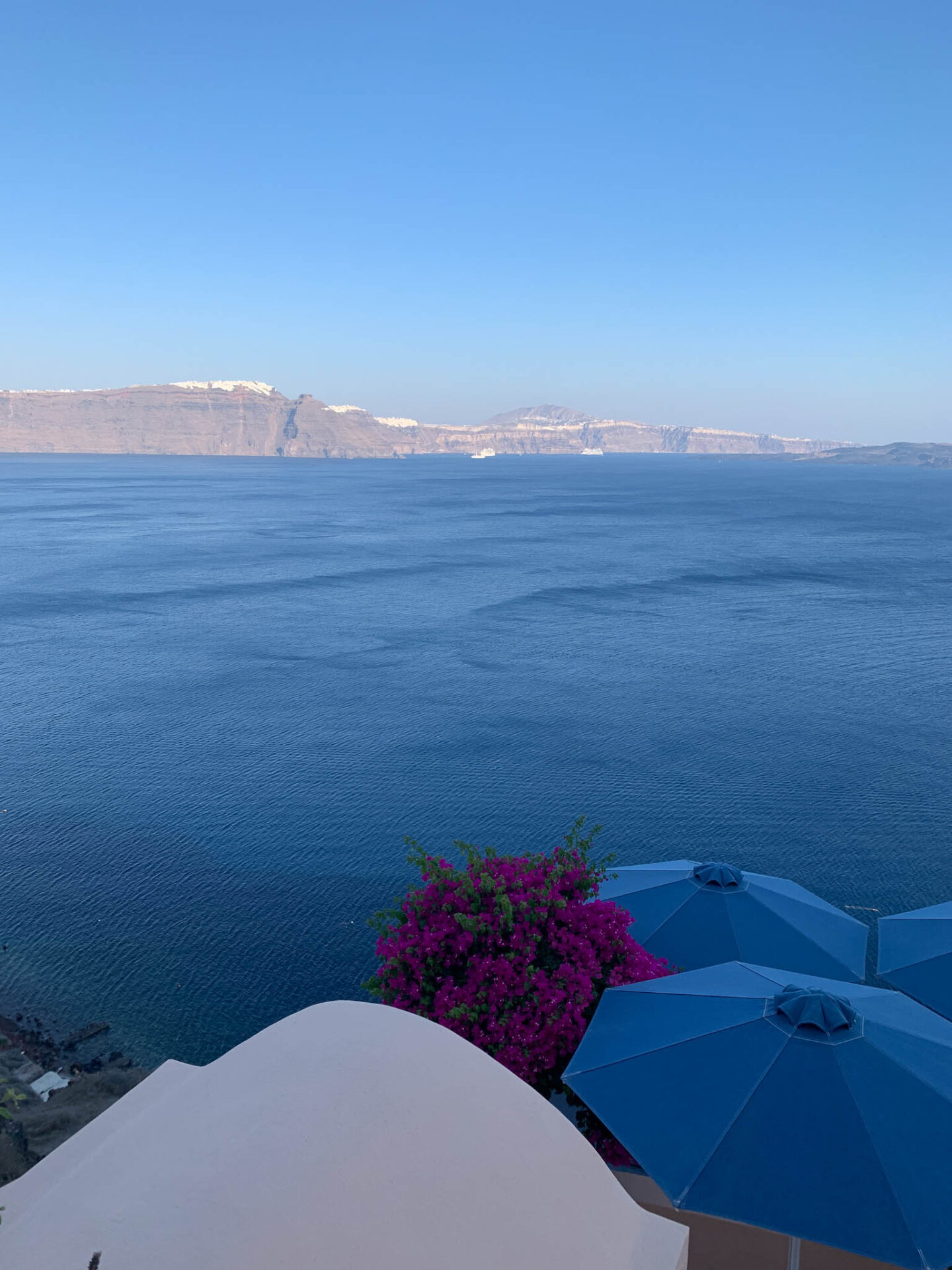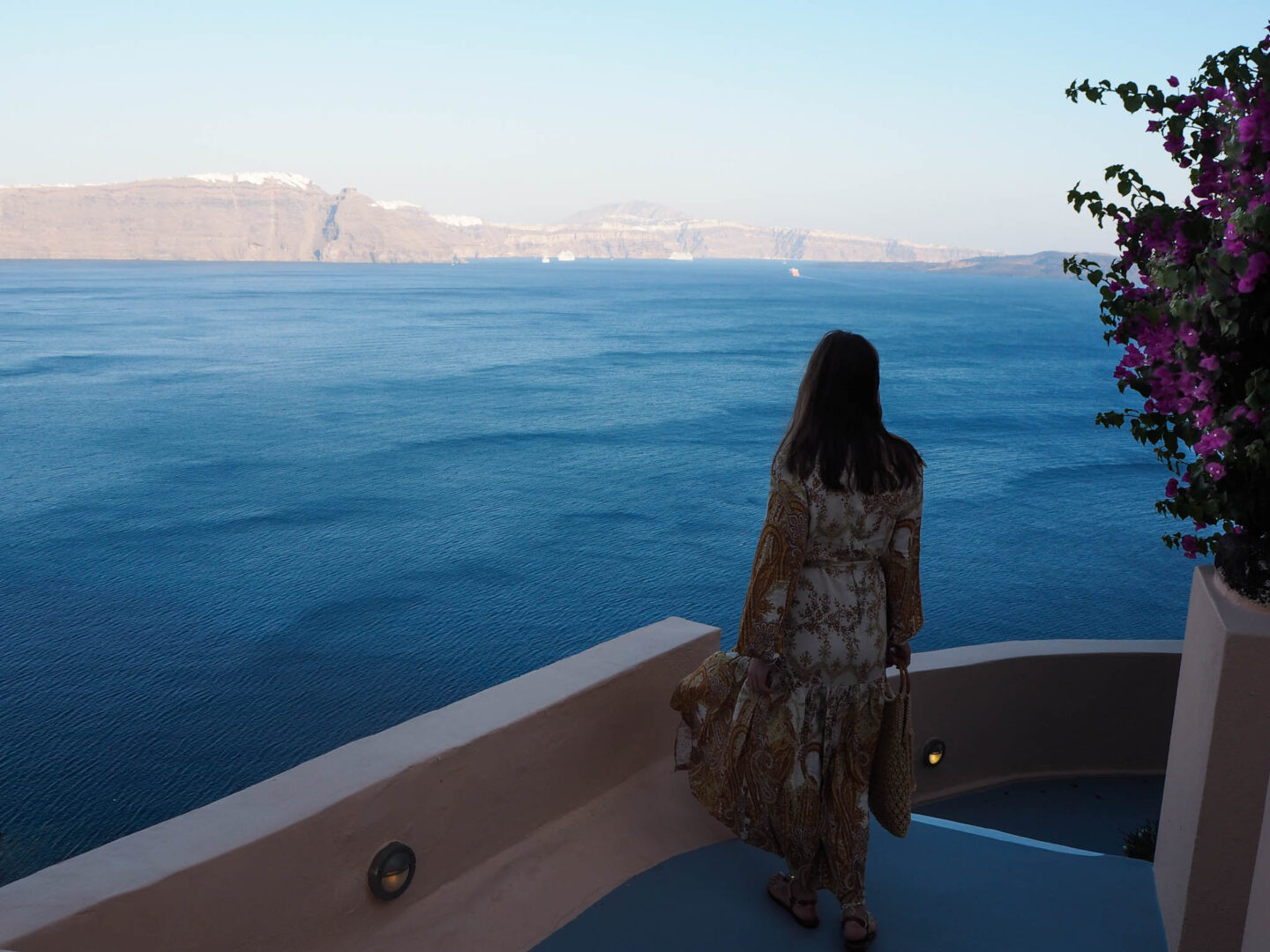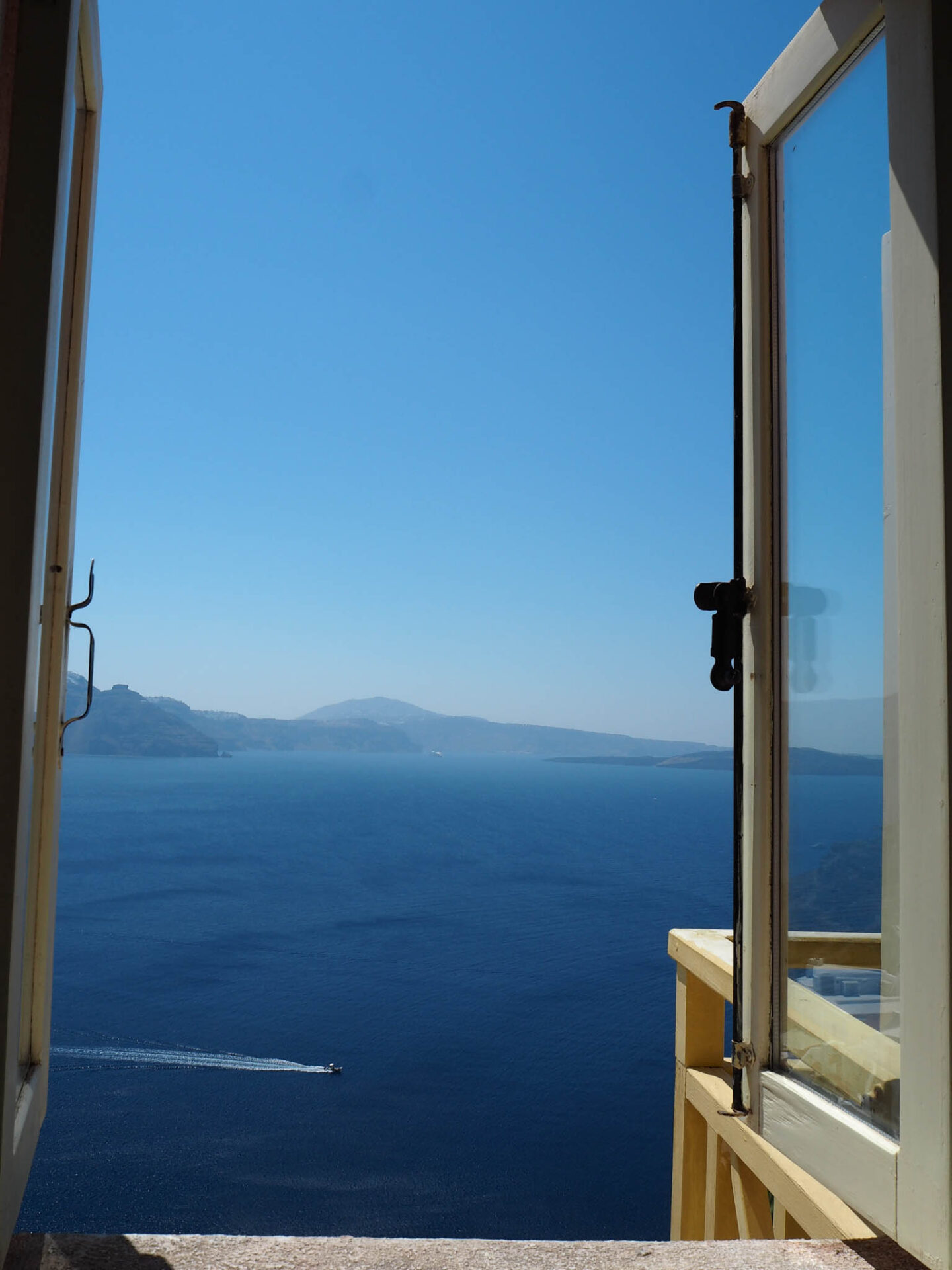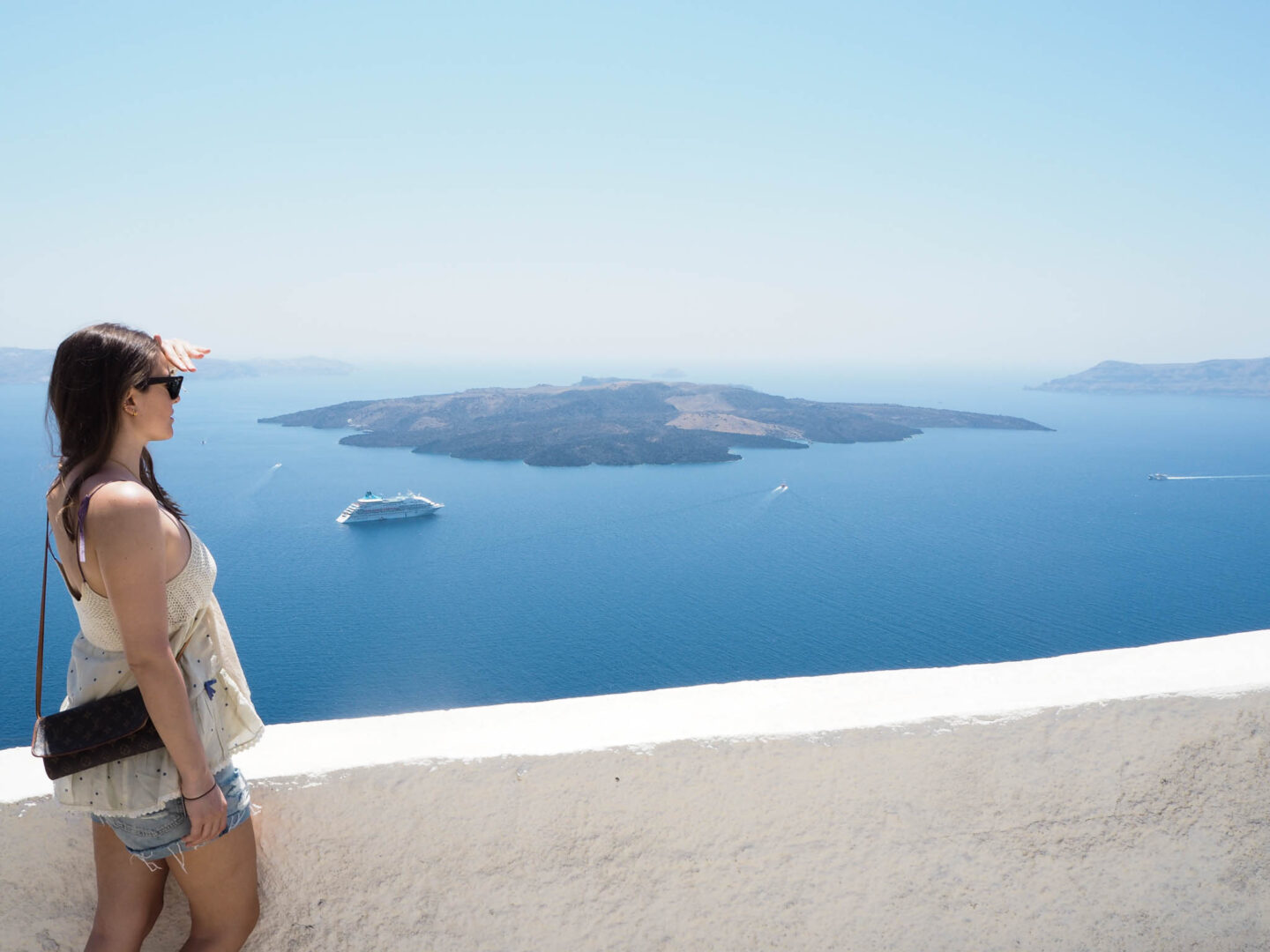A TRAVEL GUIDE TO SANTORINI ISLAND, GREECE
[PART 2|3]
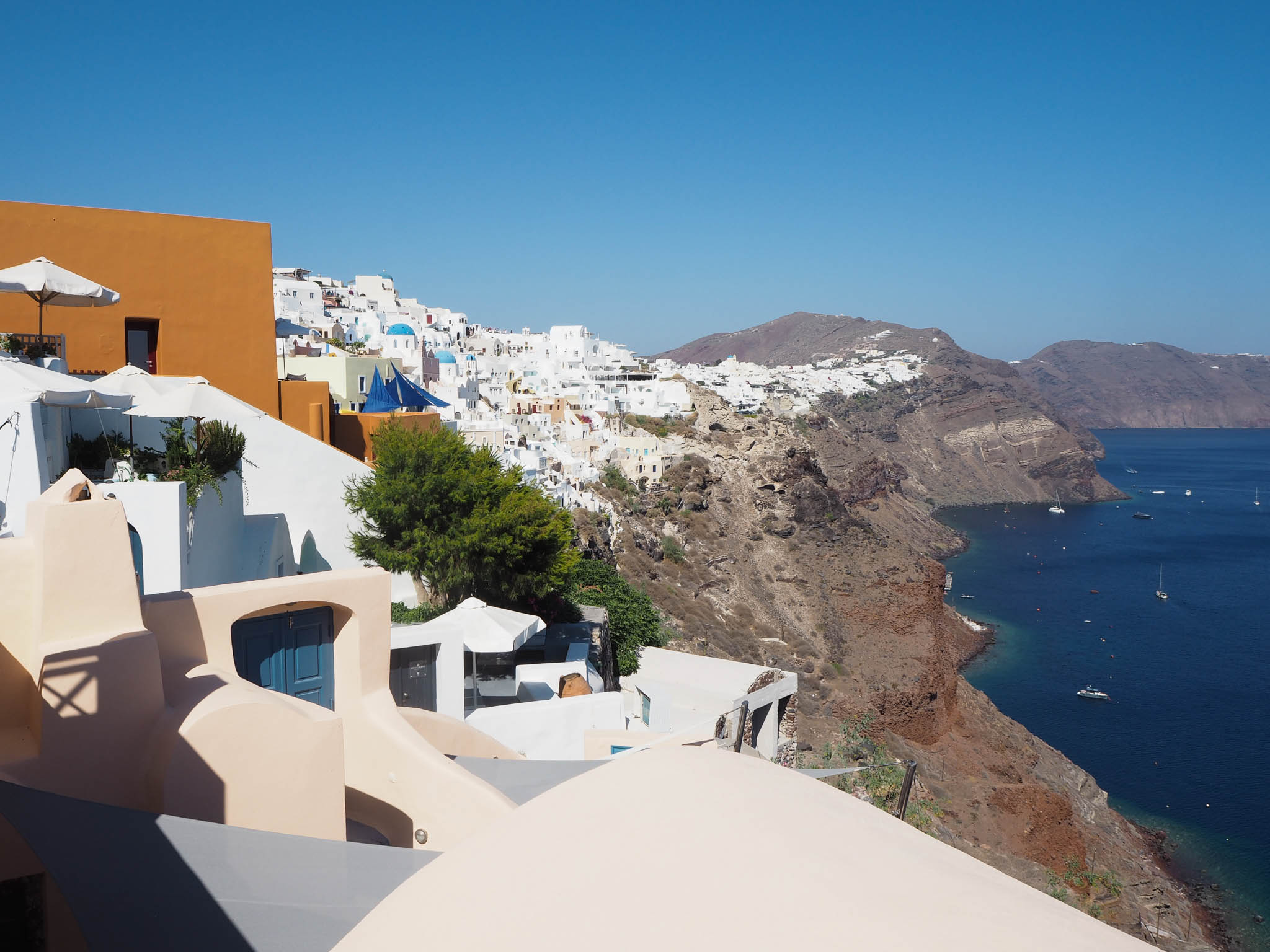
So, you have booked a trip to Santorini? Exciting times! Visiting Santorini can definitely be classified into the ‘trip of a lifetime’ category simply because there is no other place like it. Santorini is far more than a beautiful destination. While you can certainly spend days on end just gazing at the electric blue waters and dramatic cliffs of the caldera, there is so much more to the island.
Santorini offers such a delightful variety of activities that planning a trip to the island can get overwhelming. But, fret not! Here is my list of top 7 sights, experiences and things to do in Santorini.
There is so much to say about Santorini! In this blog post, we are focusing on the best sights, experiences and things to do. There is another post, my Santorini trip planning guide, which covers practical information about the island as well as a post on how to spend a perfect day (or two) in charming Oia. If you are thinking of exploring what lies beyond Santorini, don’t miss my top 5 island hopping trips from Santorini.
The items on this list are not presented in order of priority. If you have very limited time on the island, make sure to check the end of this post where I talk about the best of the best experiences and sights!
NO 1. EXPLORE FIRA, THE CAPITAL OF THE ISLAND
[& DIVE HEAD FIRST INTO THE MYTH OF SANTORINI]
The bustling town of Fira is the beating heart of Santorini. Perched on top of steep volcanic cliffs at an altitude of 250m / 820ft above sea level, it is a traditional Cycladic village with the classic Santorini twist. Its whitewashed cubic houses, blue-domed churches and traditional cave houses all face the caldera and its labyrinth alleys provide some of the best and closest views of the two volcanic islands in the middle of caldera.
Exploring Fira makes for mornings, afternoons and evenings filled with incredible photo opportunities, lots of people and lots of steps! Furthermore, Fira’s advantageous position in the centre of the island’s western coastline makes it the perfect ‘base of operations’ for visitors and locals alike. The fact that Fira has been the centre of Santorini’s touristic development since the 1970s does occasionally show but that still does not detract from the spectacle that the capital of Santorini is.
When you are ready for a break from exploring, Fira features plenty of cafés, bars and restaurants as well as an exciting nightlife with several lively cocktail bars staying open until late. Needless to say, a table with a caldera view (whether that is in a restaurant, café or bar) will probably come with a price premium, but that’s just how these things go… For a fine dining experience, book a table at the serene monastic courtyard of award winning Selene Restaurant or head (on foot or by car) towards one of luxury hotels in neighbouring Imerovigli. In any case, I would insist that you opt for a dining experience that will introduce you to the incredible local produce of Santorini (such as fava, white aubergine, capers, tomatoes and, of course, wine).
No 1.5 EXPLORE THREE MORE VILLAGES CLOSE TO FIRA
[& WITNESS A MORE AUTHENTIC SIDE OF SANTORINI]
I will now cheat and add more to your list of things to do! Escape the hustle and bustle of Fira and pop to one of the traditional villages in the centre of the island for a couple of hours. They all feature some super ‘instagrammable’ corners and come with the additional benefit of lesser or even zero crowds and lower prices.
- PYRGOS (10min drive from Fira): The former capital of Santorini is the kind of place where the locals still gather for ouzo and backgammon at noon in the town square. Walk around and get lost in the cute alleys or if you feel a bit adventurous, follow the unpaved path to Pyrgos Kasteli, a Venetian castle. Pyrgos is the highest village in Santorini so it provides great panoramic views of both sides of the island and you can admire the sunset from here too (and avoid Oia’s crowded streets).
- MEGALOCHORI (15min drive from Fira): The home of the majority of wineries, Megalochori is a relaxed village where life revolves around the central square. It is likely that you might find yourself in Megalochori for wine tasting (more on that below). Stay for a bit longer and admire the neoclassical buildings, old cave houses and the beautiful views of the caldera and wine valley.
- EMPORIO (20min drive from Fira): Santorini’s biggest village also features its fair share of whitewashed buildings, blue-domed churches and maze of narrow alleyways. Emporio’s history can be traced back to medieval times and, as its name suggests, it was the island’s commercial centre (emporio means trade in Greek). Walk up Gavrilos Hill where you can see the ruins of eight traditional windmills and don’t miss the 15th century fortress, one of the five fortified castles of Santorini.
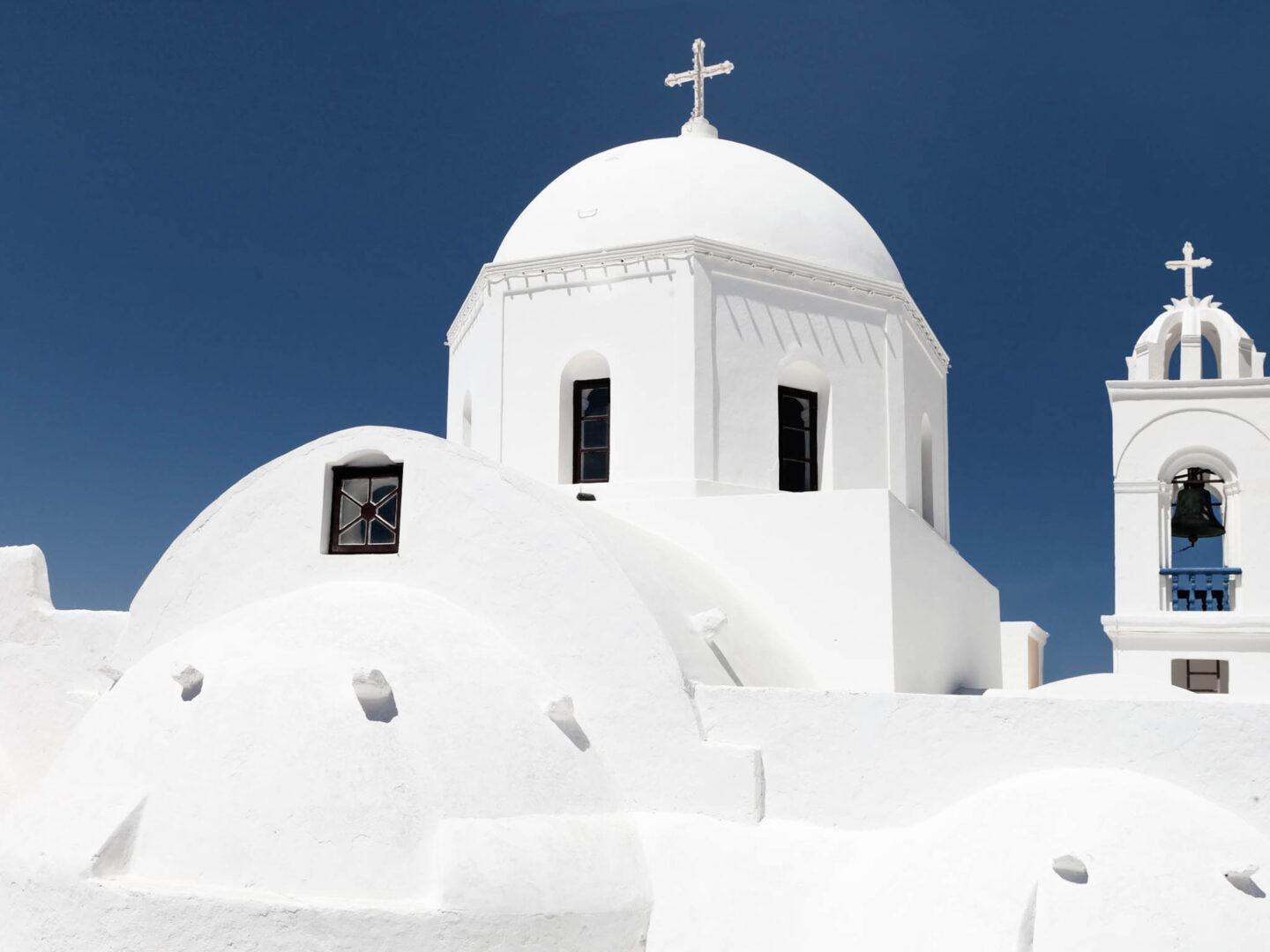
MEGALOCHORI, SANTORINI 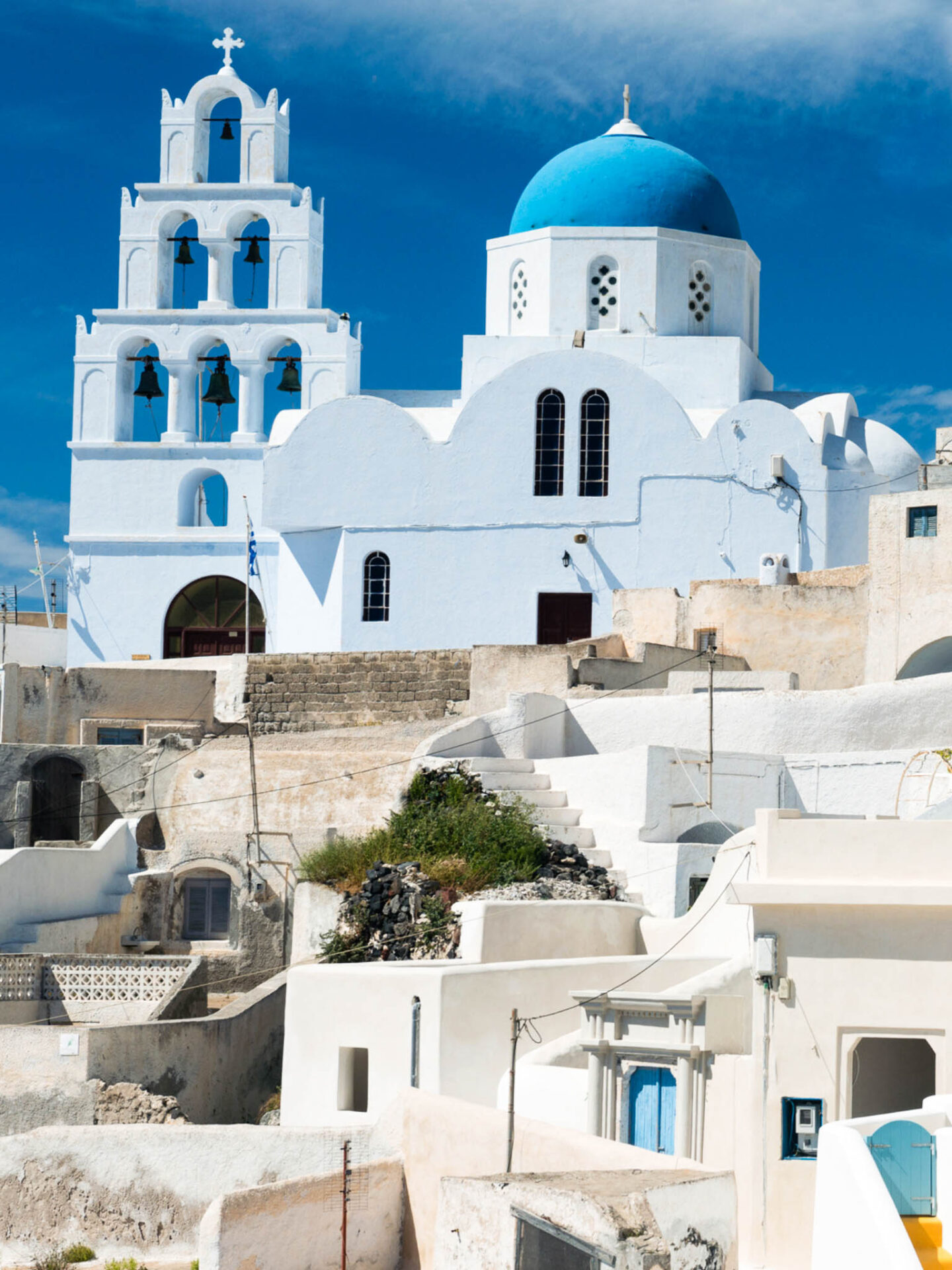
PYRGOS, SANTORINI 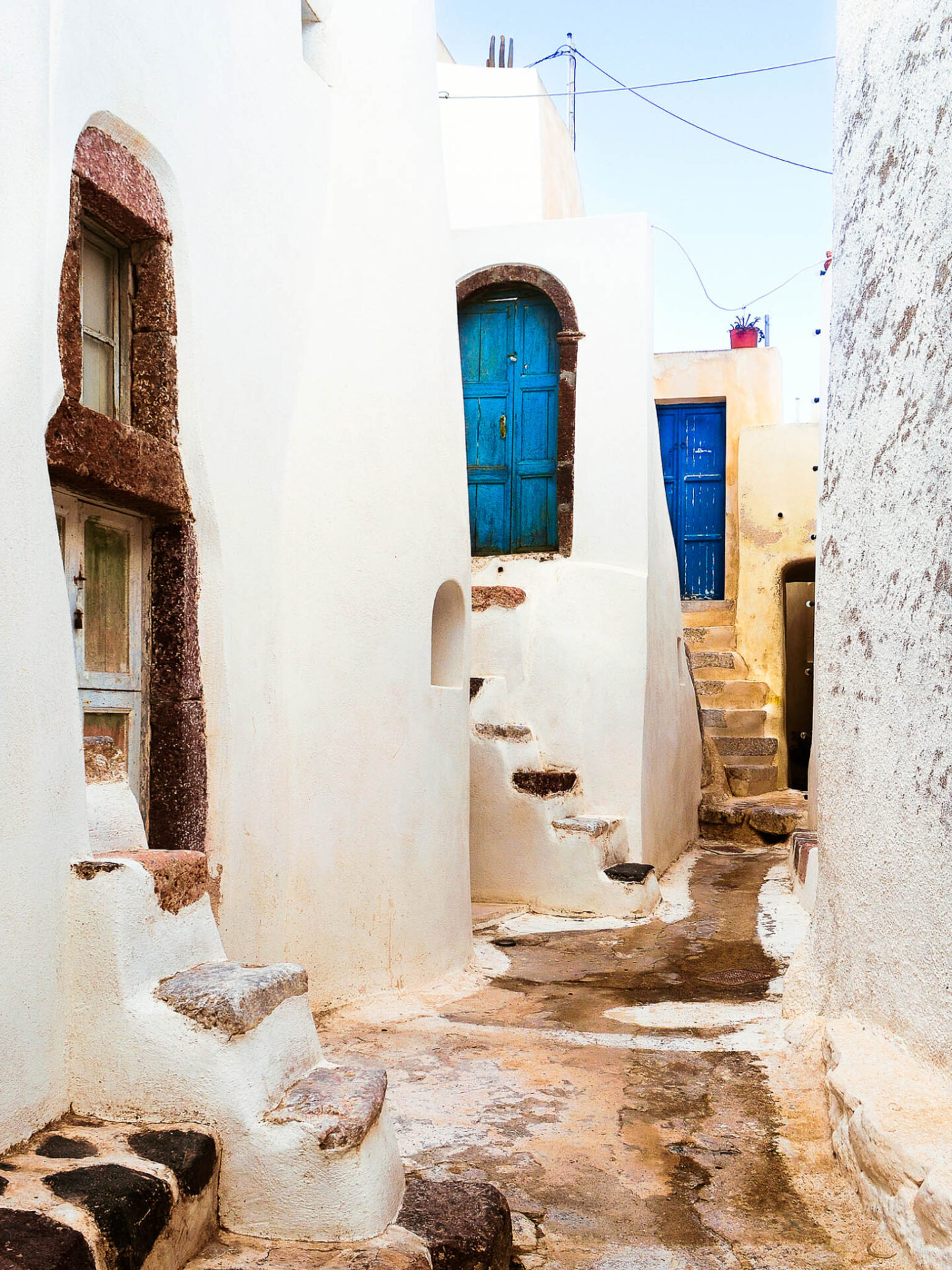
EMPORIO, SANTORINI 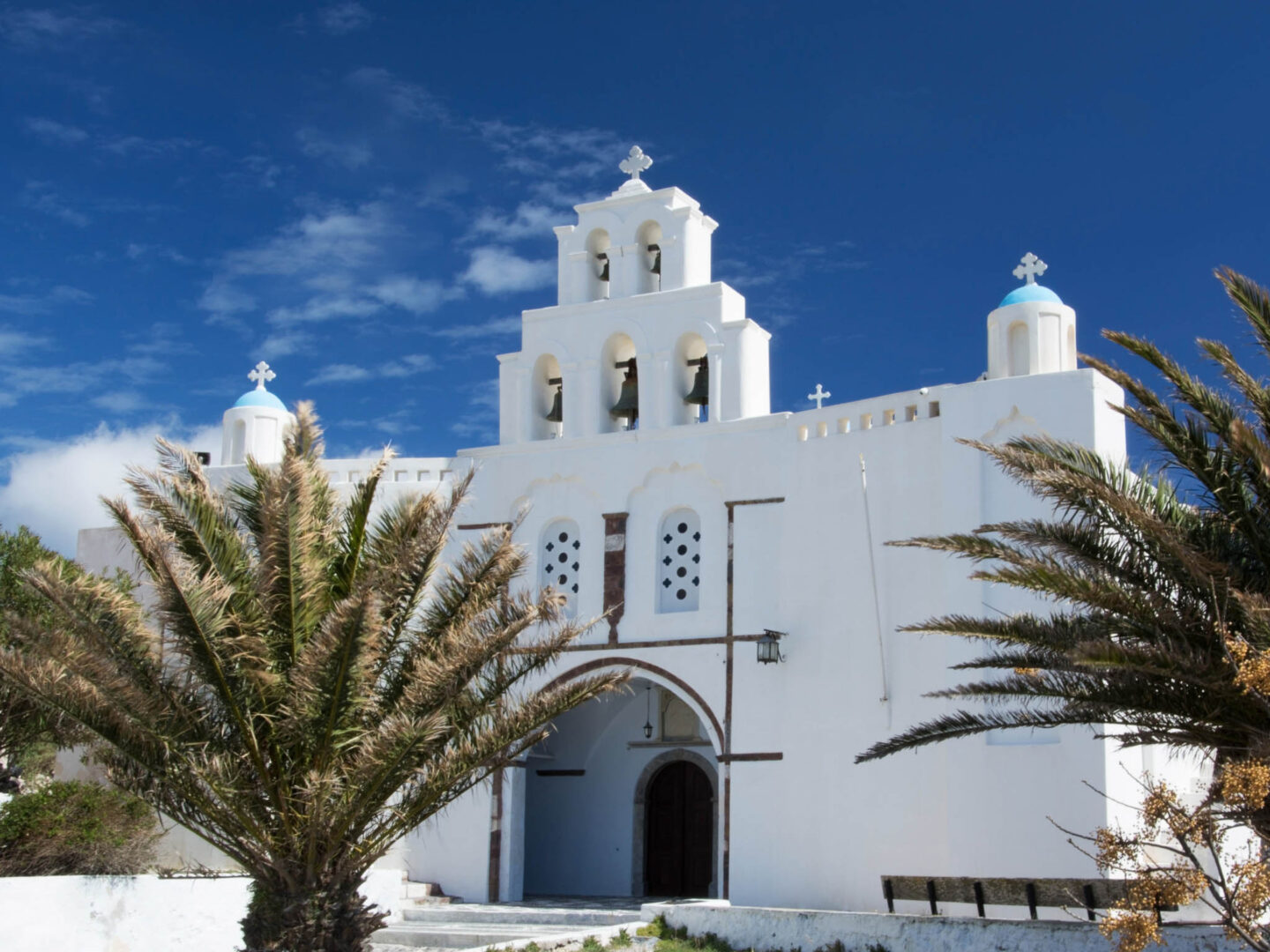
EMPORIO SANTORINI
NO 2. EXPLORE THE MAGNIFICENT VILLAGE OF OIA
[& SEE FOR YOURSELF WHAT EVERYONE RAVES ABOUT]
The village of Oia consistently makes the top of the lists for the most beautiful villages in the world. With its traditional Cycladic architecture and signature caldera views, it manages to emit a sense of serenity even during its busiest days!
Oia is built at lower elevation than Fira and Imerovigli (Oia is at approx 130m / 430ft above sea level, Fira at 250m / 820ft and Imerovigli 350m / 1150ft) so the views of the sea are a bit more familiar and comforting. Nevertheless, the wow moments of viewing the caldera are still ever-present! Interestingly, Oia’s location also allows for some different views of the open sea in the northwest. More importantly, it has made the village into the premier location for viewing Santorini’s legendary sunset!
Oia’s charming buildings are modest but extremely well kept; what they lack in scale they make up for in loveliness! Nevertheless, the two-story captains’ houses built on the highest part of the village, add a bit more grandeur and sophistication and serve as a reminder of Oia’s former affluence. Scattered through the village, the windmills, chapels, cave houses and terraces overlooking the caldera add to this celebration of the perfect marriage between man-made and natural beauty. Spending a morning, afternoon, day or week exploring the cobblestone alleys of Oia certainly makes for the trip of a lifetime.
READ MORE:
Santorini: Bold, beautiful & absolutely worth it: Oia travel guide
NO 3. SWIM IN A VOLCANIC BEACH
[& TICK A BLACK, RED & WHITE BEACH OFF THE LIST]
All beaches in Santorini are volcanic. Don’t let that scare you though. They are perfectly swimmable. Most of them feature black sand (or sand / pebble mix) and crystal clear blue water. The exception to this is the famous Red Beach which, as you will see in the photo below, it truly is red!
(SOME OF) THE BLACK BEACHES
For the best black beach experience, head towards the southeast of the island. Monolithos, Kamari, Perissa, Perivolos and Vlychada are some of the most well known black beaches featuring organised sections with beach bars and sun loungers (at varying prices) but also areas where you can just place your towel on the sand.
I have to say, before visiting Santorini, I was highly sceptical of whether I would enjoy swimming in a volcanic beach. However, after a swim in Perissa and Perivolos, I became a fan! The water is a bit darker than usual but crystal clear so it’s not unsettling at all and the black sand is eerily beautiful (and gets quite hot)! A truly unique experience, like so many things in Santorini.
THE RED BEACH
Talking about unique experiences, the Red Beach (Kokkini Paralia) is famous for a reason. It makes you feel like you have landed in Mars! Not only is the sand and the (precarious looking) cliffs around you red but the water takes a remarkable green hue at shallow depth. Amazing.
Now, I am not going to lie. What was also unbelievable about the Red Beach were the crowds. This is probably one of the top three busiest beaches I have ever been to, and I have been to many. It also took a bit of a hike (an easy one) along a cliff edge to get there. It’s also located close to the southernmost tip of the island and it will take an hour’s drive to get here from Oia. Anyway, the experience was definitely worth it, as Santorini’s Red Beach is indeed a sight for sore eyes, in the weirdest, most unusual way.
THE WHITE BEACH
I have not visited the White Beach (Aspri Paralia), so take what I am saying with a grain of salt. However, everyone, and I mean everyone, in Greece will tell you that when visiting Santorini you have to swim in a red, a black and a white beach (I am Greek and didn’t do this though… rebel).
Anyway, my understanding is that in the White Beach, the surrounding cliffs are indeed white but the sand is still…. black. So, there’s that. However, the general consensus is that this is an impressive secluded beach that’s worth the effort. Note that it is only accessible by boat which departs from a few places, including the Red Beach which is pretty close.
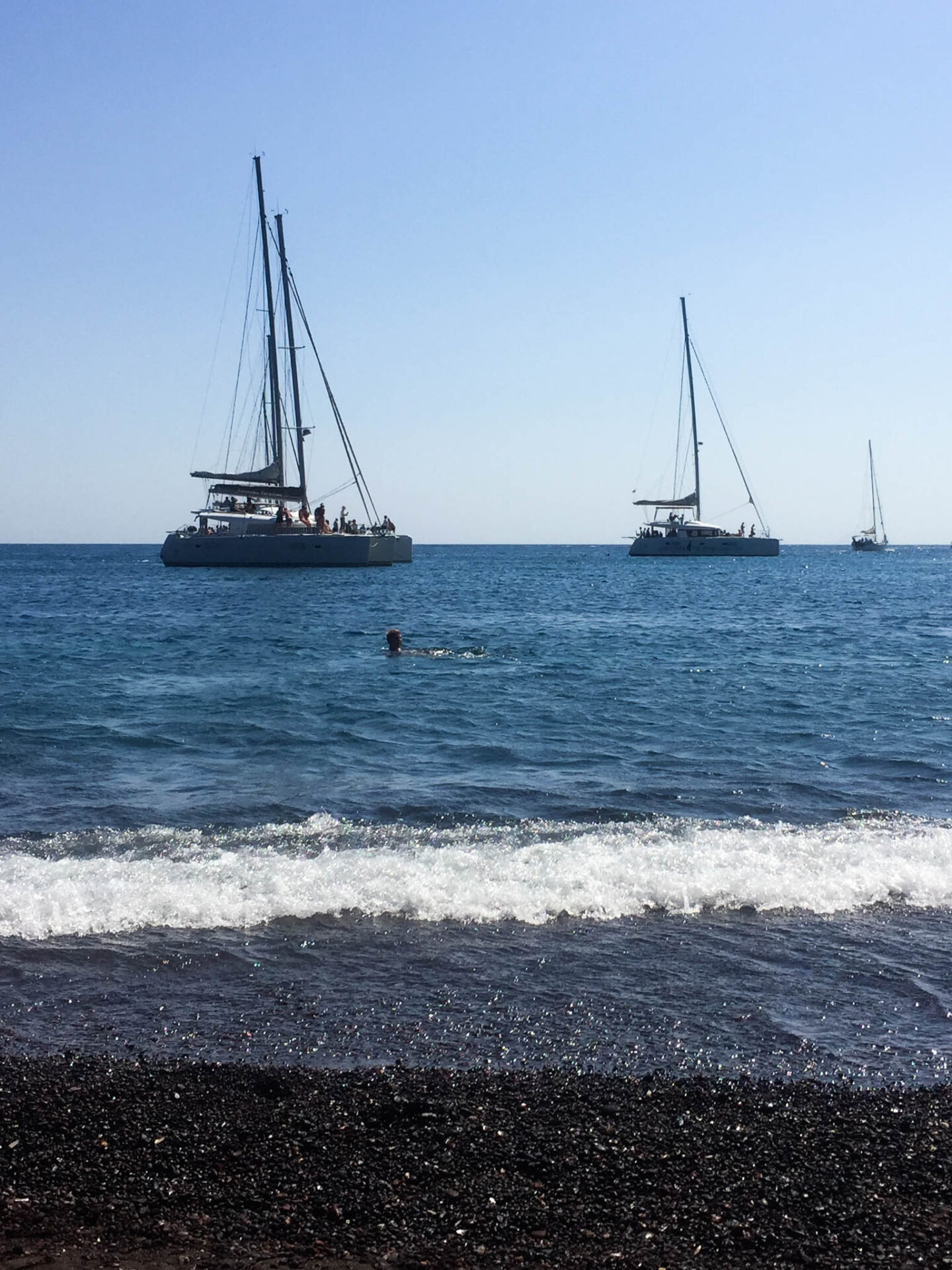
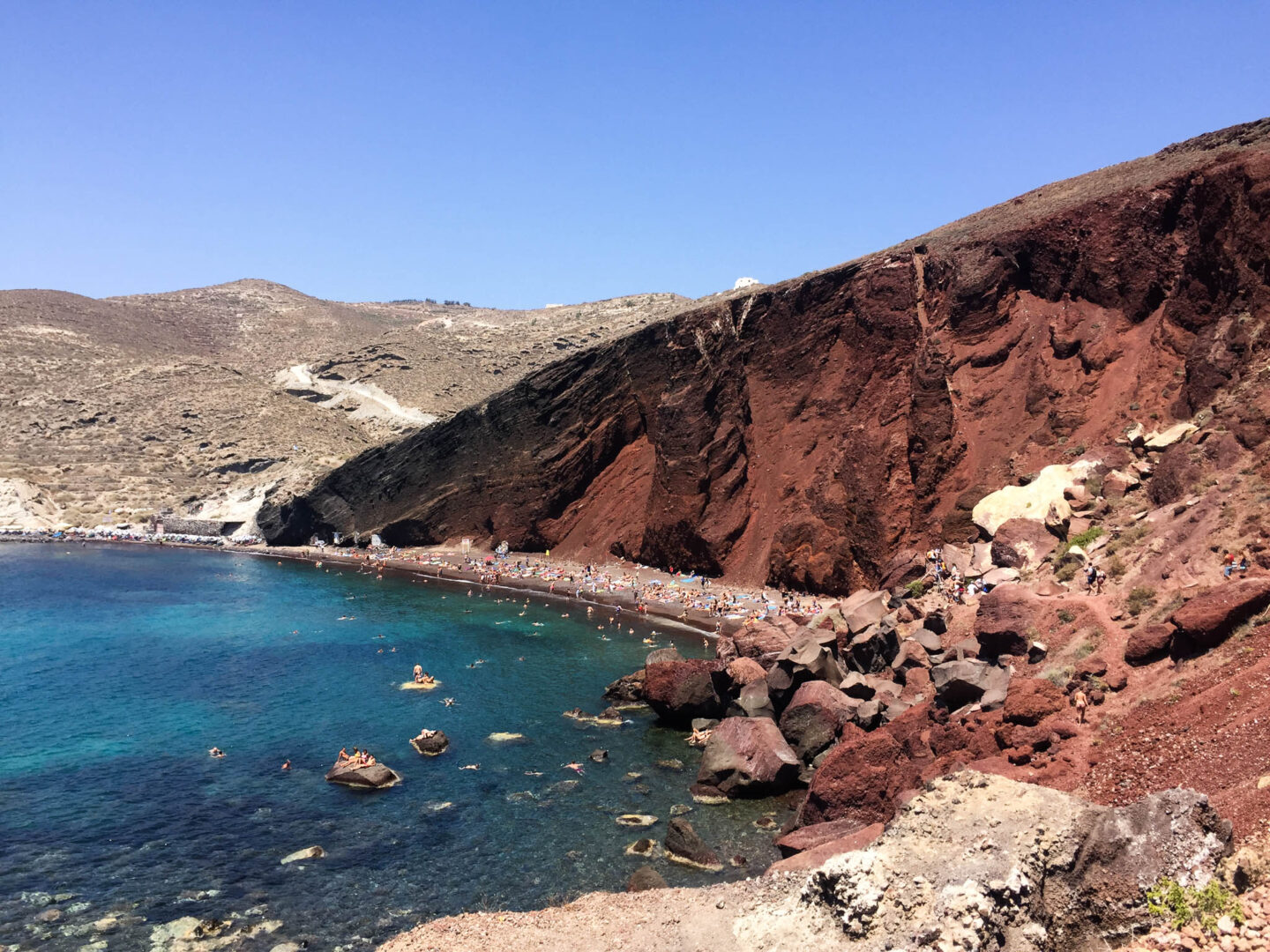
RED BEACH, SANTORINI 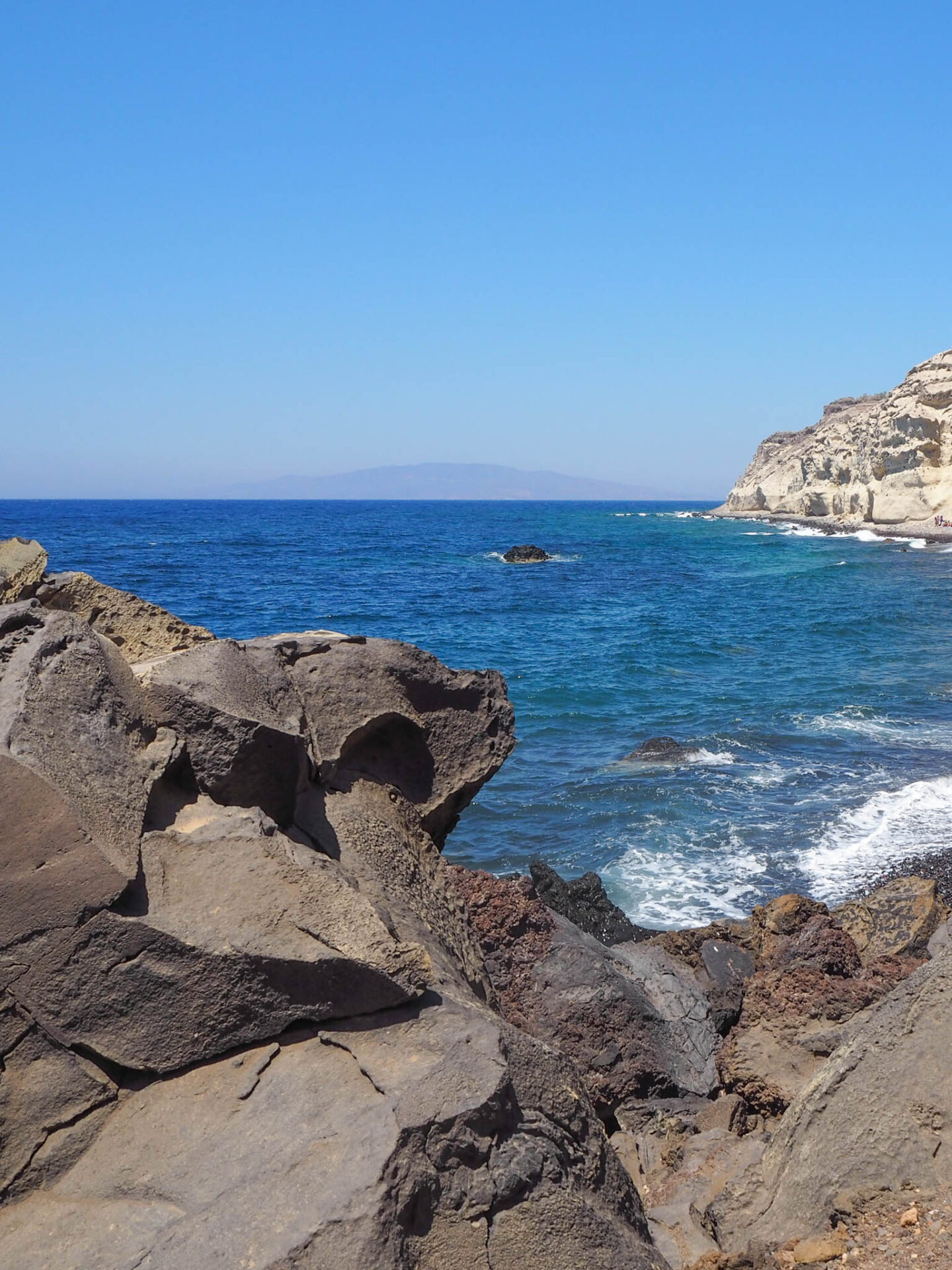
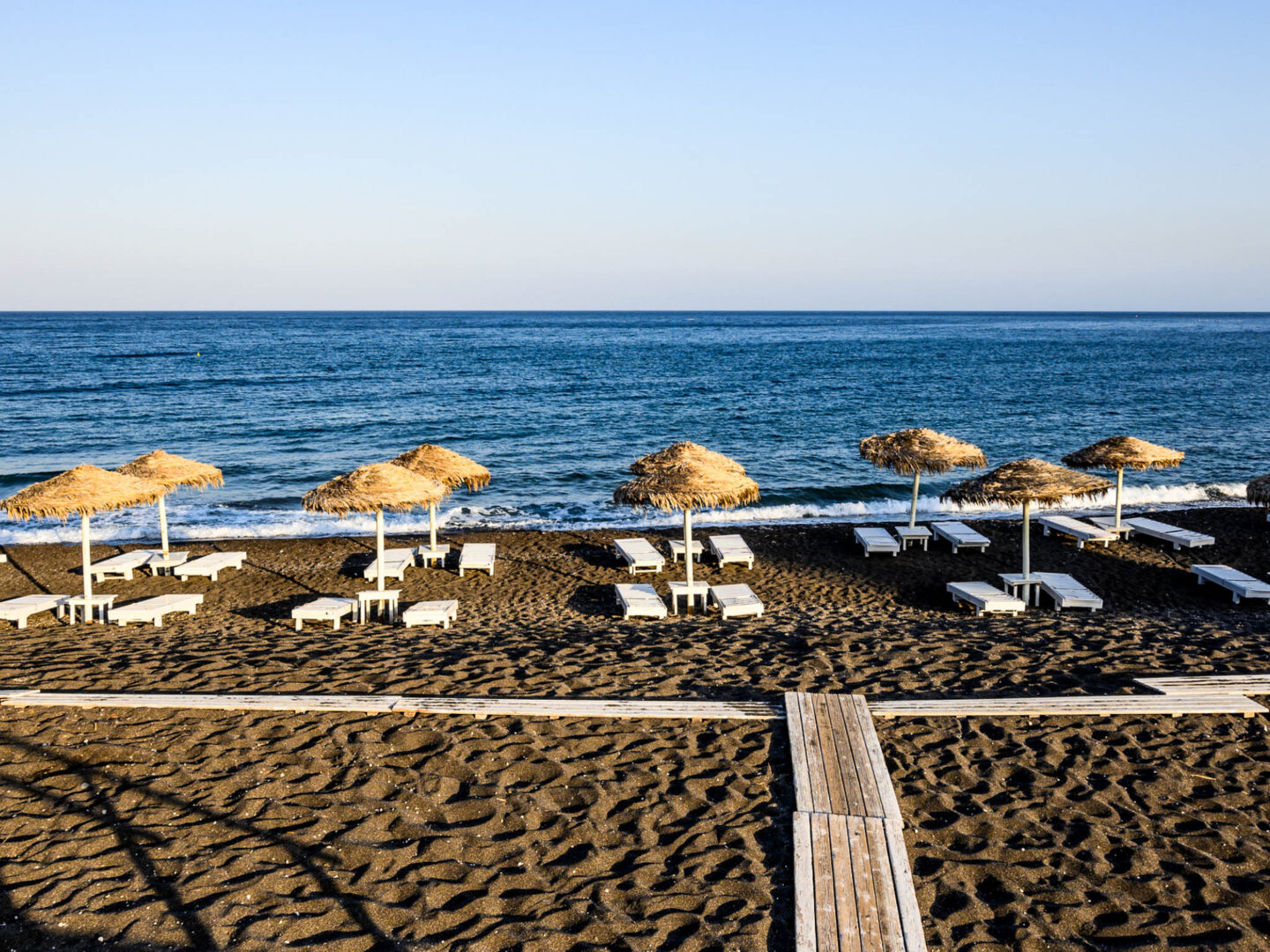
PERISSA BEACH, SANTORINI
NO 4. INDULGE IN WORLD CLASS WINE TASTING
[& FIND NEW WAYS OF STASHING WINE BOTTLES IN YOUR LUGGAGE]
As a result of one of the greatest volcanic eruptions of all time, Santorini’s soil includes lava, volcanic ash and pumice stone. The unique soil consistency, low rainfall and strong sun yield wines of distinctive profile and have made winemaking a synonym of the history of Santorini through millennia.
The vineyards of Santorini are self-rooted and are amongst the most ancient in the world since the volcanic soil works as a natural shield from diseases. To this day, the vines are being kept close to the ground and given a spiral, basket-like shape called ‘kouloura’ that protects the grapes from the strong winds.
Santorini is renowned for its white wines which are predominantly made from three grapes: Assyrtiko (the island’s flagship variety), Aidani and Athiri. Nevertheless, red grapes such as Mavrotragano and Mandelaria make for some well loved red wines too. Last but certainly not least, Santorini is famous for its excellent Vinsanto wines, the island’s naturally sweet, sun-dried dessert wine.
There are many wineries on the island which offer wine tasting sessions and vineyard tours. Most of them also serve light or full meals. Below, you will find some of the most famous ones which have been distributing high quality wines in Greece and abroad for decades. I have included the links to their official websites where you can learn more about each winery, their visiting hours and, in most cases, book online.
Argyros Estate | Artemis Karamolegos Winery | Boutari Winery | Domaine Sigalas | Gaia Wines | Hatzidakis Winery | Santo Wines | Vassaltis Vineyards | Venetsanos Winery
During our last trip to Santorini, I visited Domaine Sigalas for some wine tasting and light dinner. I talk all about our lovely experience there in my Oia travel guide.
[ALL PHOTOS IN THIS SECTION ARE FROM OUR VISIT TO DOMAINE SIGALAS, SANTORINI]
NO 5. VISIT THE NEIGHBOURING ISLAND OF THIRASIA
[ & EMBARK ON A JOURNEY ACROSS THE CALDERA & THROUGH TIME]
Santorini receives about 2 million visitors each year, yet only a handful of them visit Thirasia, Santorini’s sister island which is only a 10min boat ride away. This is rather odd since Thirasia is, in fact, a mini Santorini*, with a traditional Cycladic town high on the volcanic cliffs and dramatic views of the caldera. Nevertheless, this is where the similarities with Santorini stop. Thirasia is far smaller, far more relaxed, far less busy and, more importantly, far less developed. There are hardly any exclusive hotels or chic restaurants here. Whether this is your vibe or not, it’s worth visiting Thirasia, ‘Santorini from 50 years ago’, for its simplicity and old school charm.
HOW TO SPEND 1/2 OR 1 DAY IN THIRASIA
- Experience the highlights of Thirasia: After you arrive at Thirasia’s (new) port, pop to nearby Riva beach. Swim in its crystal clear waters and sunbath on the volcanic sand. Then, hop on the bus to the main village of Thirasia and explore. If you are up for the descent and subsequent climb, head to the old port and have lunch in one of the many fish tavernas, right next to the sea. Alternatively, pop by ‘Mikra Thira‘ Thirasia’s only winery and indulge in some wine tasting!
- Go on a hiking / walking half day tour (best done with a guide): Explore the traditional chapels, abandoned cave villages and low-key tavernas all while enjoying magnificent caldera and Santorini views.
- Stay for sunset: Get an evening boat back to Santorini or spend a night in Thirasia and enjoy the sunset and warm summer evening as nature intended -away from the crowds and booking requirements of Santorini. Some people would say that the sunset views are even better than those of Oia’s!
*Thirasia was part of Santorini, before the volcano’s spectacular eruption and the creation of the caldera in the 16th century BC.
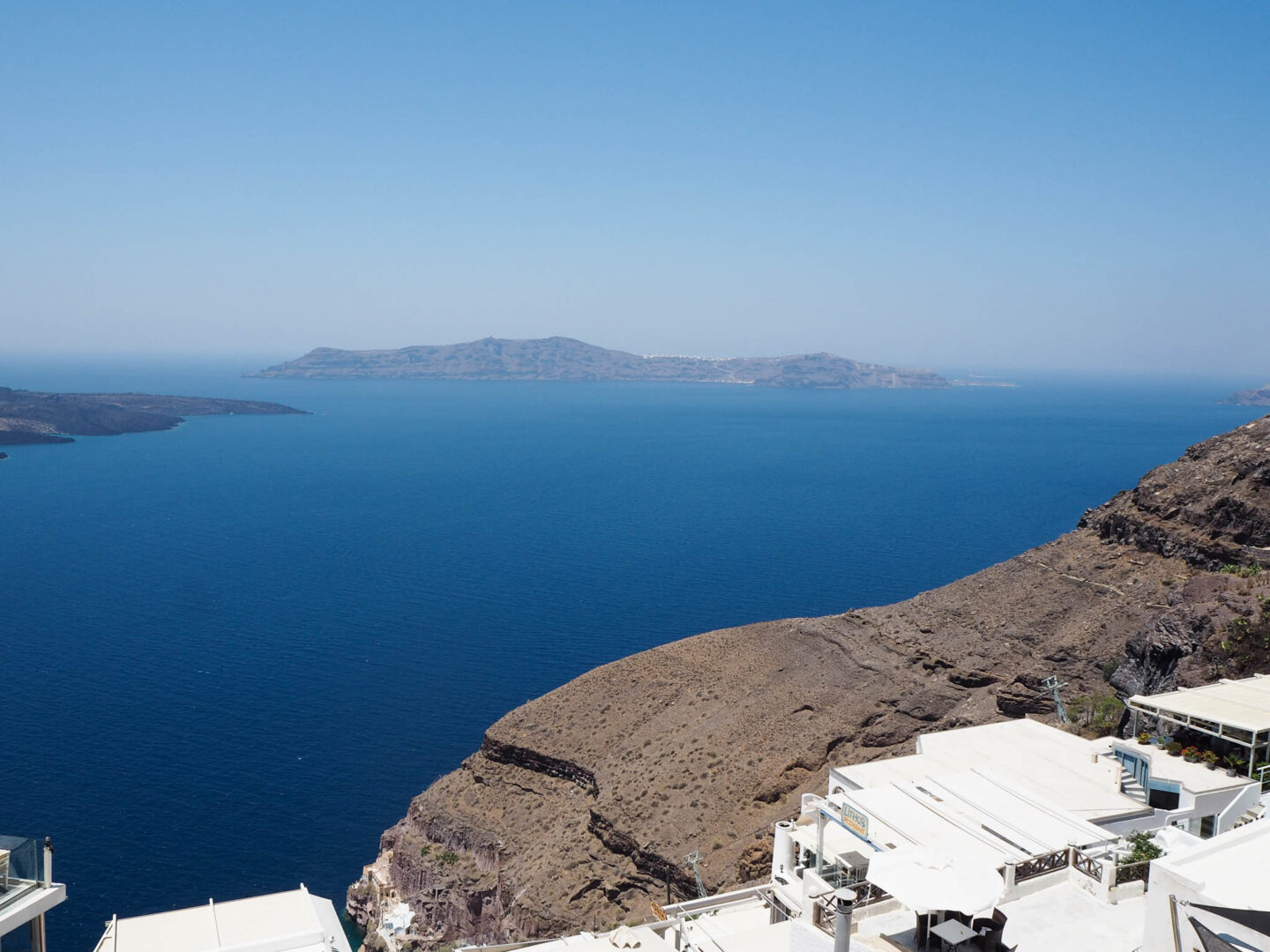
THIRASIA (VIEW FROM SANTORINI) 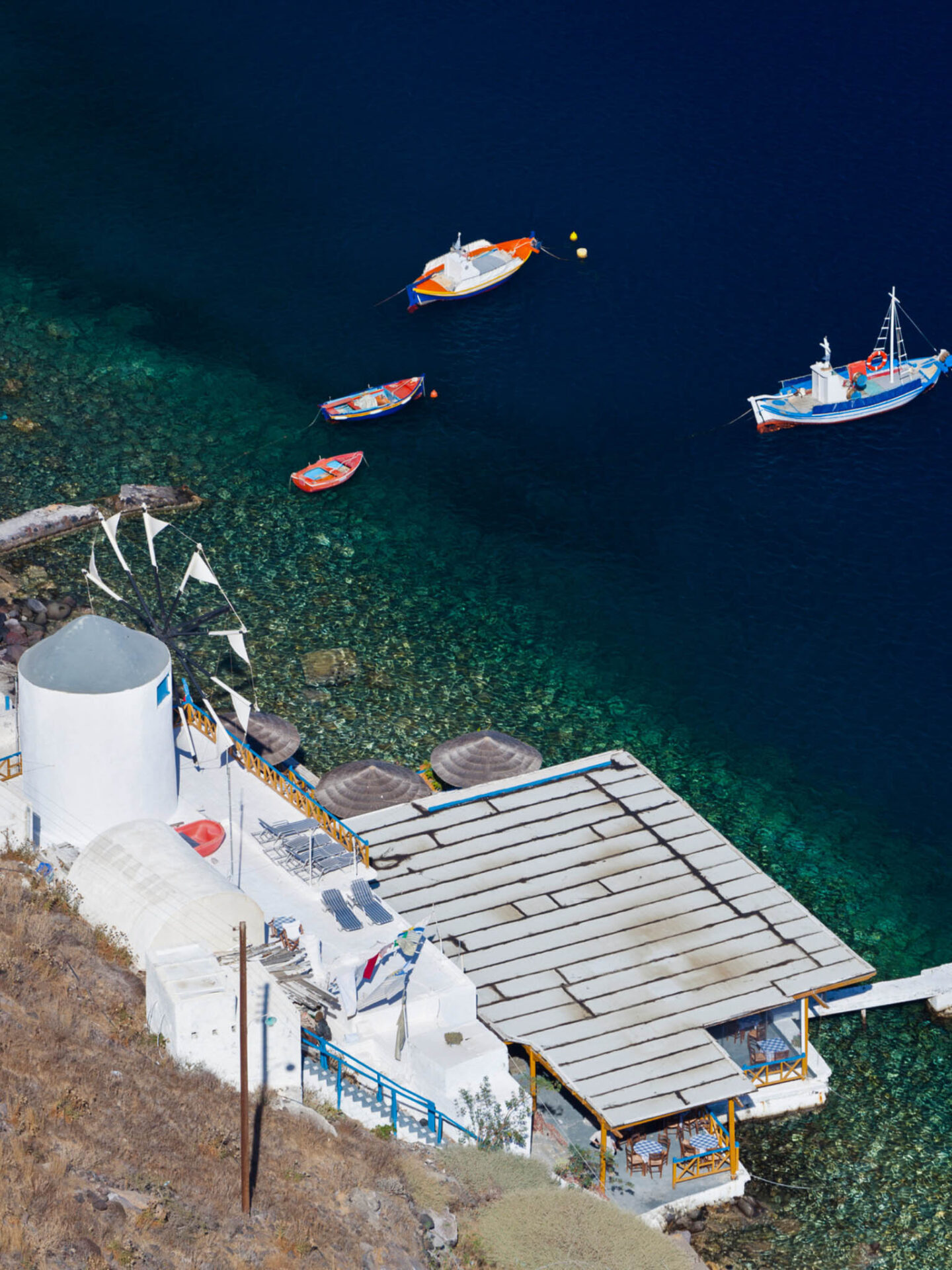
THIRASIA OLD PORT 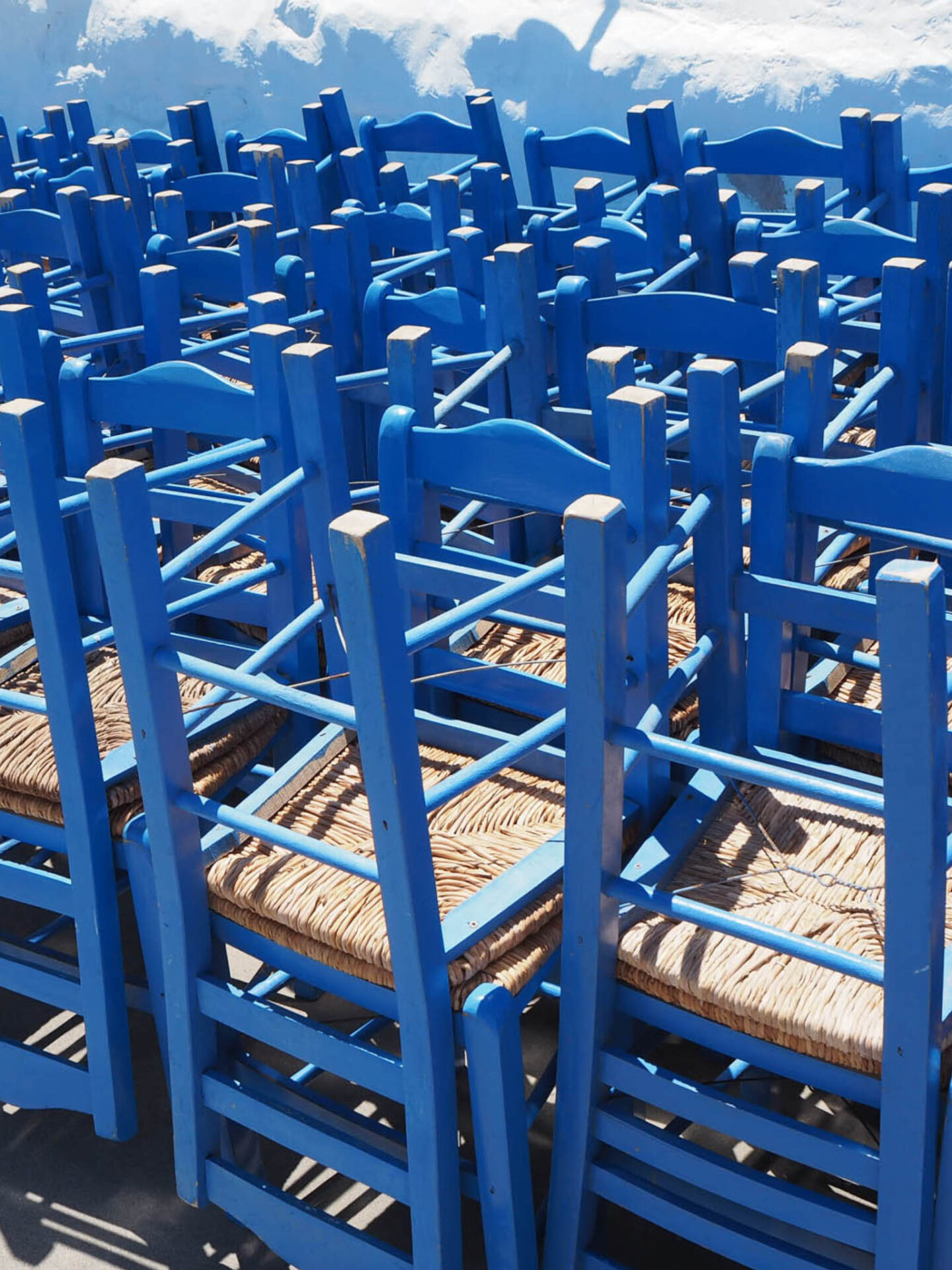
THIRASIA CHORA 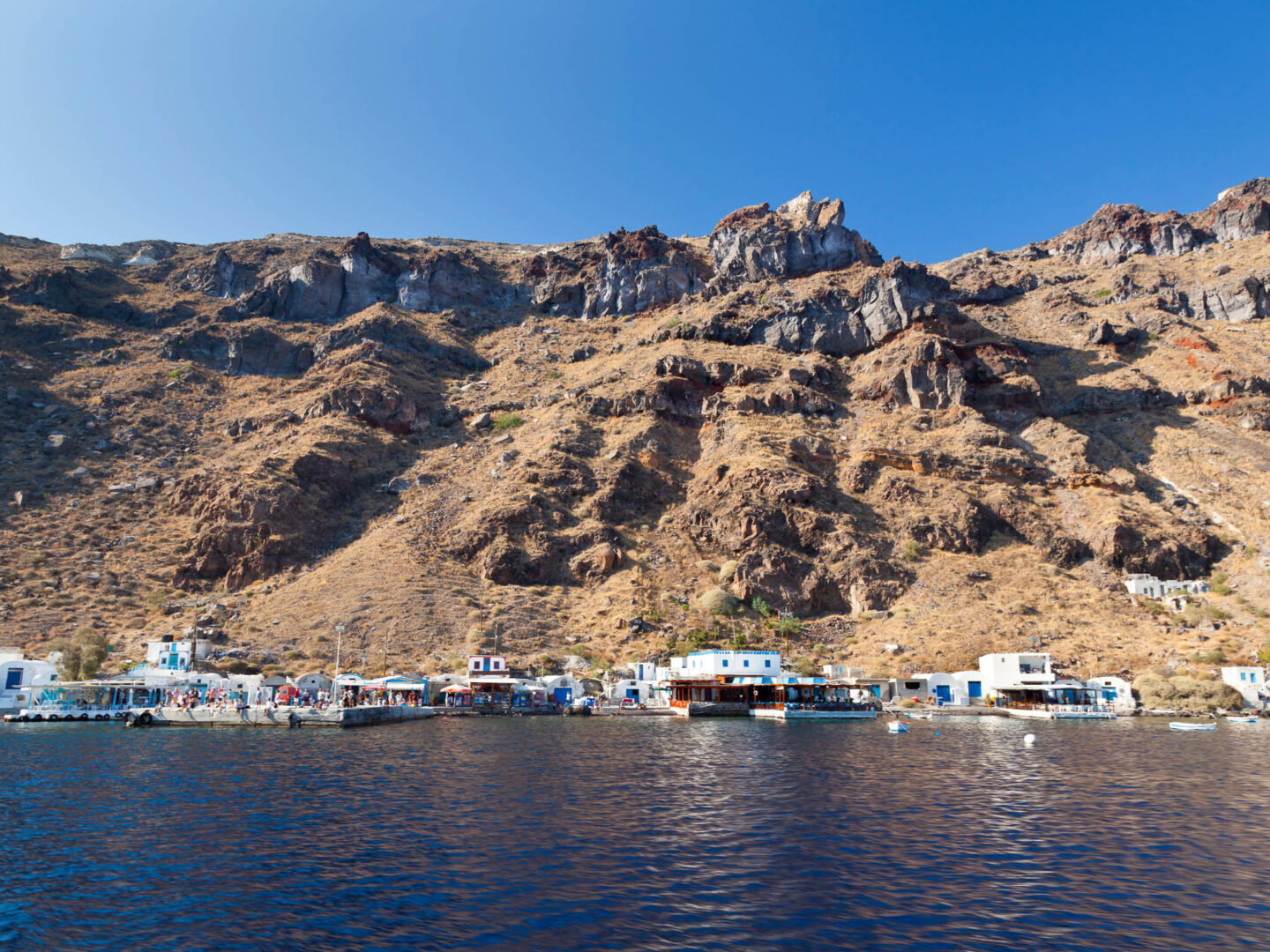
THIRASIA OLD PORT
NO 6. CRUISE AROUND THE CALDERA
[& HIKE THE CRATER OF AN ACTIVE VOLCANO]
There are so many half / full day boat tours around the caldera and the coast of Santorini, it can be a bit overwhelming. The one itinerary that made the cut in this list is the classic boat trip to Nea Kameni National Geological Park. The boat trip starts from Fira or Oia and includes a short hike at the volcanic isle of Nea Kameni and swimming in the hot springs of the caldera.
HIKING AT NEA KAMENI NATIONAL GEOLOGICAL PARK
After a delightful boat ride on the electric blue waters of the caldera, you’ll be dropped off at the dock at Nea Kameni, one of the two volcanic islets of the caldera. From there, everyone follows the gravel path to reach the top of the 130m / 430ft high volcanic formations (the hike is about 20-30min each way). There, you can walk around the burnt landscape and even complete a full circuit of the rim of a crater! If you are expecting to see lava, like those crazy tours in Iceland, you will be sorely disappointed (or relieved). However, there are some active sulfur vents and the magical, larger than life 360 degree views of Santorini.
In the boat tour that we selected, my fiancé and I shared a fairly large boat with another 8 people which was a good balance between price and comfort. While on the boat, our guide gave us a good account of the mind blowing history of Santorini and the volcano, but we did the hike on our own. Note that the hike is not hard but it’s not a leisurely stroll either. Make sure to pack a hat, sunscreen and water and wear appropriate, closed toe shoes.
SWIMMING IN THE CALDERA HOT SPRINGS
After the hike, the boat took us to the hot springs of Palaia Kameni, the other islet of the caldera.
I should probably mention that the words ‘hot springs’ are used as a technical term rather than a description of the experience… The water from the springs may be originally super hot, but it is inundated by the open sea. So, the temperature that swimmers end up experiencing is not high, just higher than the sea temperature (which feels cold!). Furthermore, the water consists of iron, manganese and sulphur… and it smells that way too! The rusty coloured water will stain your suit (though in my case, it washed off). Wear a dark coloured bathing suit and be ready for a bit of swimming in some fairly cold water before reaching the (not so) hot springs. If you are not feeling up to it, you can relax on the boat.
All in all, visiting the hot springs was a cool thing to do, but it’s not the relaxing experience that one might expect just from the name alone!
Note: I somehow managed to lose all photos from our boat trip (aargh), but have a look here for photos and some cool info about the volcano of Santorini.
NO 7. VISIT THE ANCIENT SITES OF SANTORINI
[& LEARN ABOUT A MAN VS NATURE STORY THAT SPANS OVER MILLENNIA]
Are you even in Greece if there isn’t an archaeological site nearby? Nope, so there’s a few of those in Santorini too. To be honest, I have not personally visited them because growing up in Greece means endless school visits to historical sites which have more than satiated my appetite! However, I have heard very good things about the historic sites of Santorini, so, if you are interested in the long and eventful history of the island consider visiting:
- Akrotiri archaeological site (25min drive from Fira | visit duration: approx 1h-1.5h): Navigate the streets of the prehistoric settlement of Akrotiri which was buried under volcanic ash preserving buildings and their contents to this day. The site is known as ‘Greek Pompeii’ and is contained within a large modern structure so visit no matter the weather. Opt for the guided tour.
- Museum of Prehistoric Thira (Fira | visit duration: approx 1h): Prior or after your visit to Akrotiri, pop to this small but well curated museum. It houses the items found in Akrotiri and presents the prehistoric life and culture of Thira and the illustrious Cycladic civilisation. Don’t miss the room reconstructions using the actual frescos from Akrotiri.
- Ancient Thira archaeological site (25min drive from Fira | visit duration: approx 1h-1.5h): A large, well preserved ancient city, on top of a mountain, offering incredible views and opportunities for plane spotting. Drive to the site only if you are comfortable with narrow hairpin turns and trek only if you are a confident hiker. Everyone else should catch a taxi / minibus up and be ready for uphill walking on uneven terrain and windy conditions.
The entrance fees to these sites are affordable but it’s worth buying a combined ticket if you are visiting multiple sites. Double check opening hours before visiting.
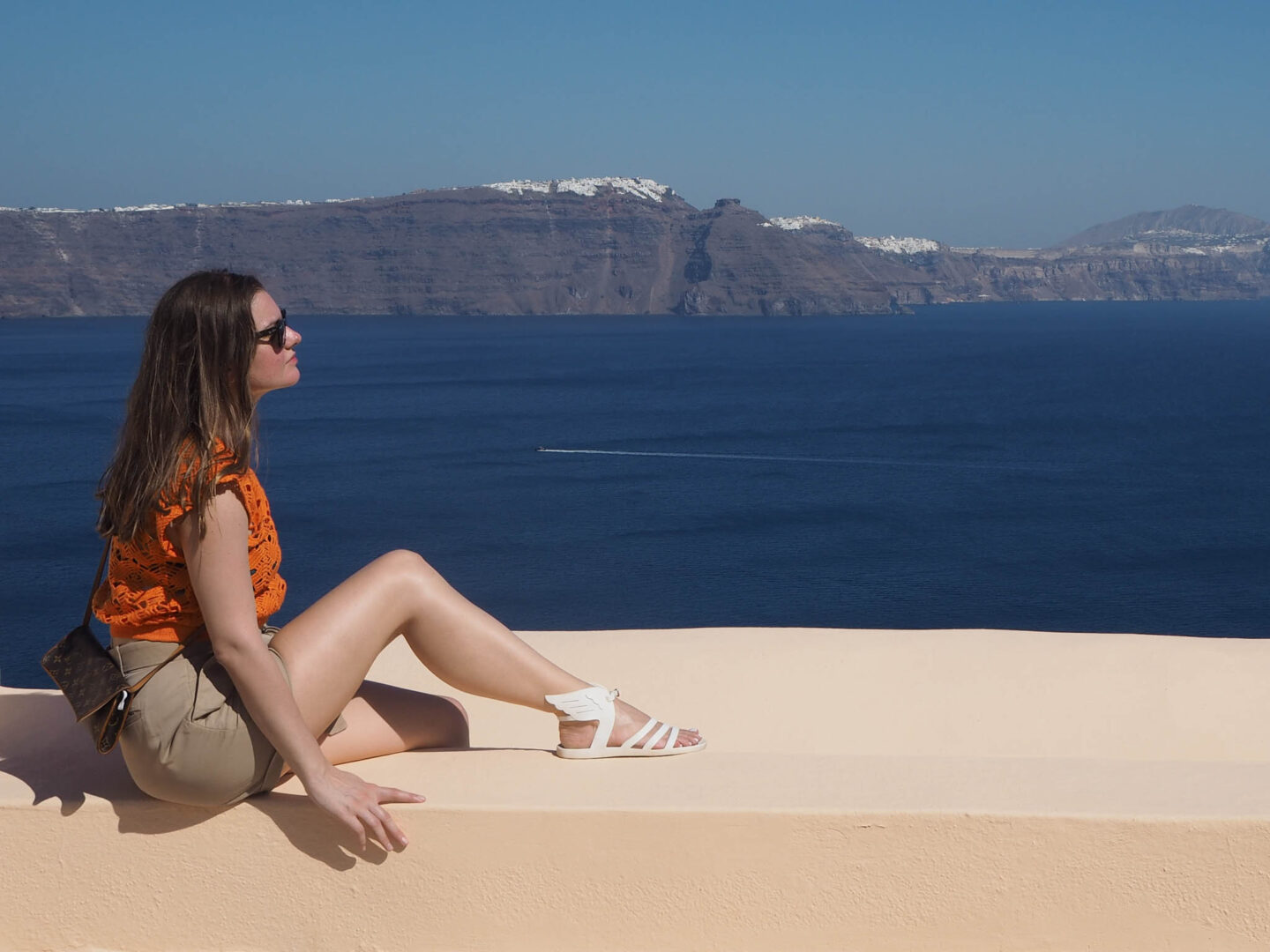
FINAL THOUGHTS: WHAT ARE THE TOP THINGS TO DO IF I ONLY HAVE 1-2 DAYS IN SANTORINI?
As you can tell, the top 7 things to do in Santorini will probably take you around 7+ days to do, depending on how leisurely your travels are! However, I am pretty sure that there are plenty of you only visiting Santorini for a day or two and you are probably wondering which activities to prioritise. Well, obviously the answer to this depends on your personal interests. If you love beaches, Santorini’s weird and wonderful beaches are a must. If you love hiking and nature, the visit to the volcanic island of Nea Kameni in the middle of the caldera will delight you. History lovers should not miss the archaeological sites of Santorini.
Nevertheless, my advice to pretty much everyone travelling to Santorini is that a visit to Oia is not to be missed. Allow several hours to wander around the beautiful streets, have a coffee or a meal and take plenty of photos! You’ll immediately see what the fuss is all about! Lastly, even if you are not much into wine and don’t fancy a wine tasting experience, don’t miss having local wine with your lunch or dinner, and, of course, go for a table with the iconic caldera view…
This is not a sponsored post & I am not affiliated with any of the hotels, restaurants or organisations mentioned.
A DEEP DIVE INTO GREECE
Looking for more travel guides for Greece? Or maybe just tips, inspiration and practical advice for effortless travel and authentic experiences? Hit the buttons below!
___
